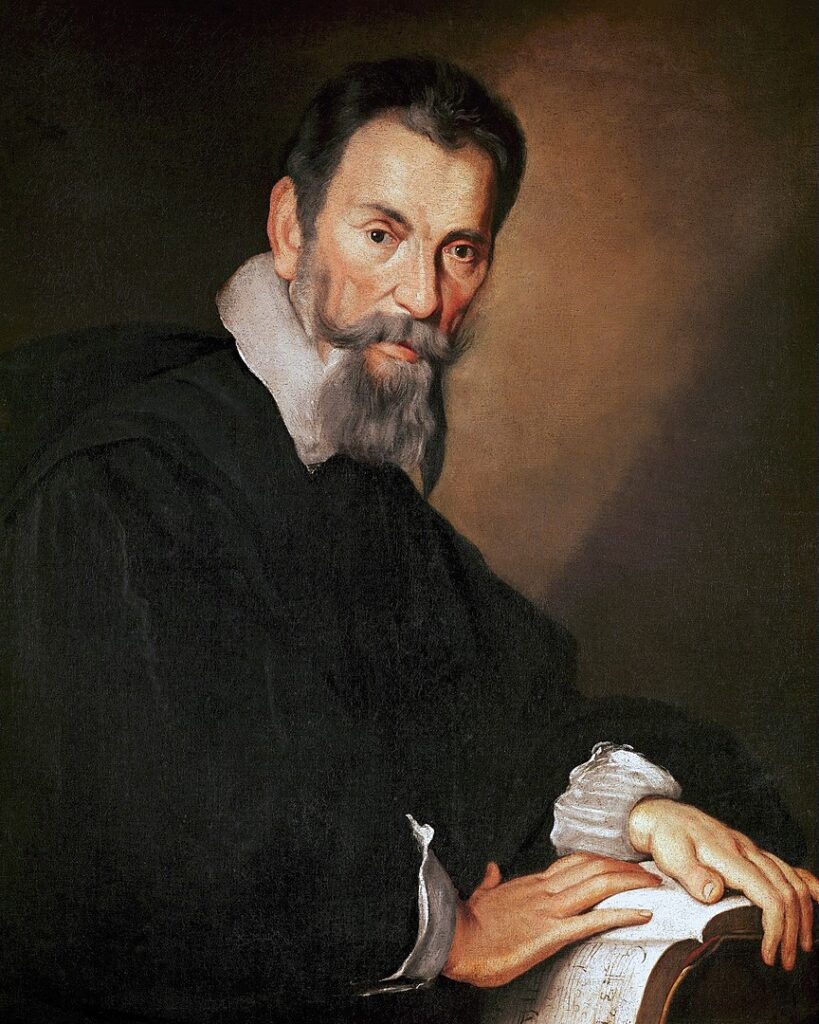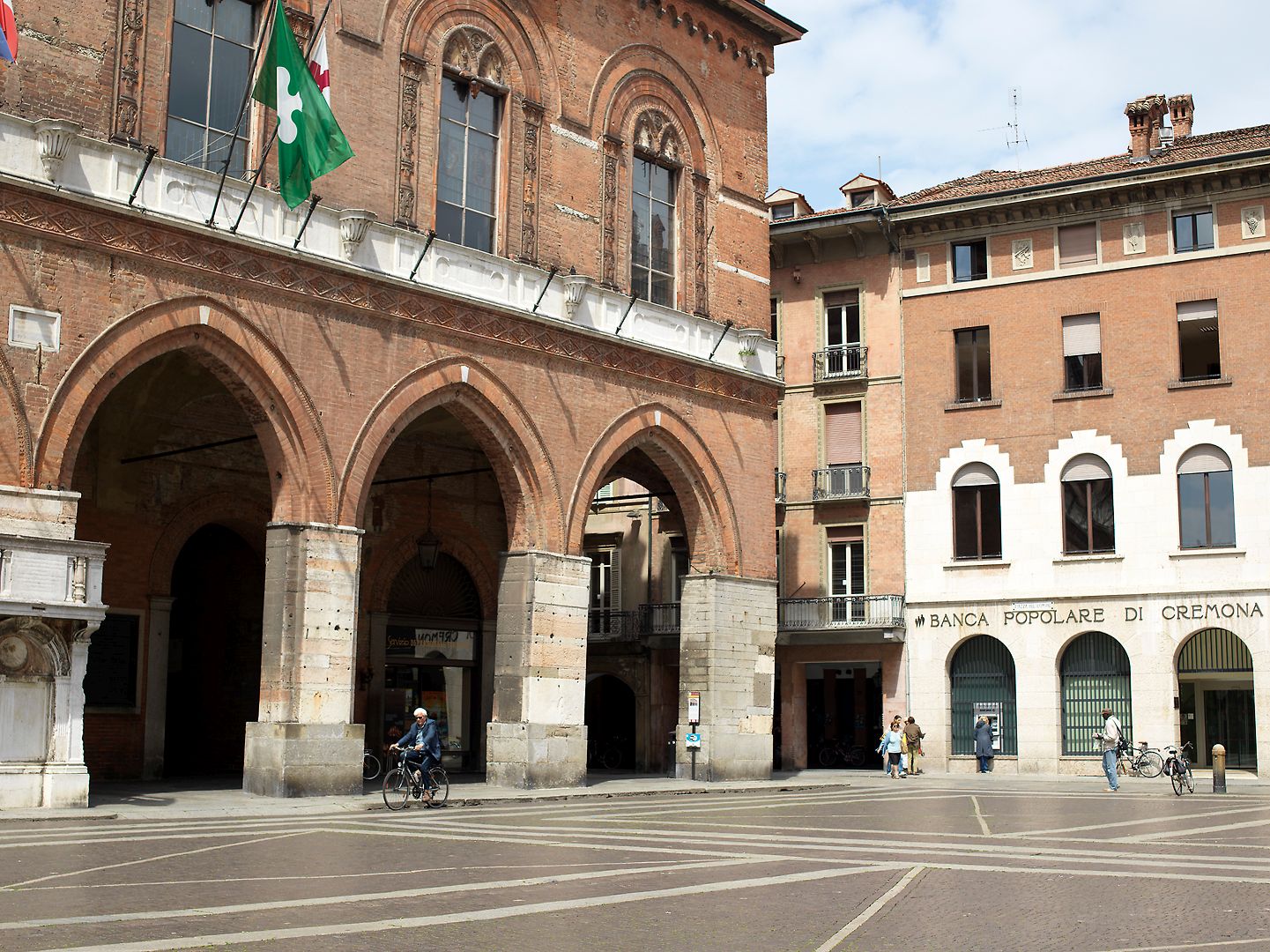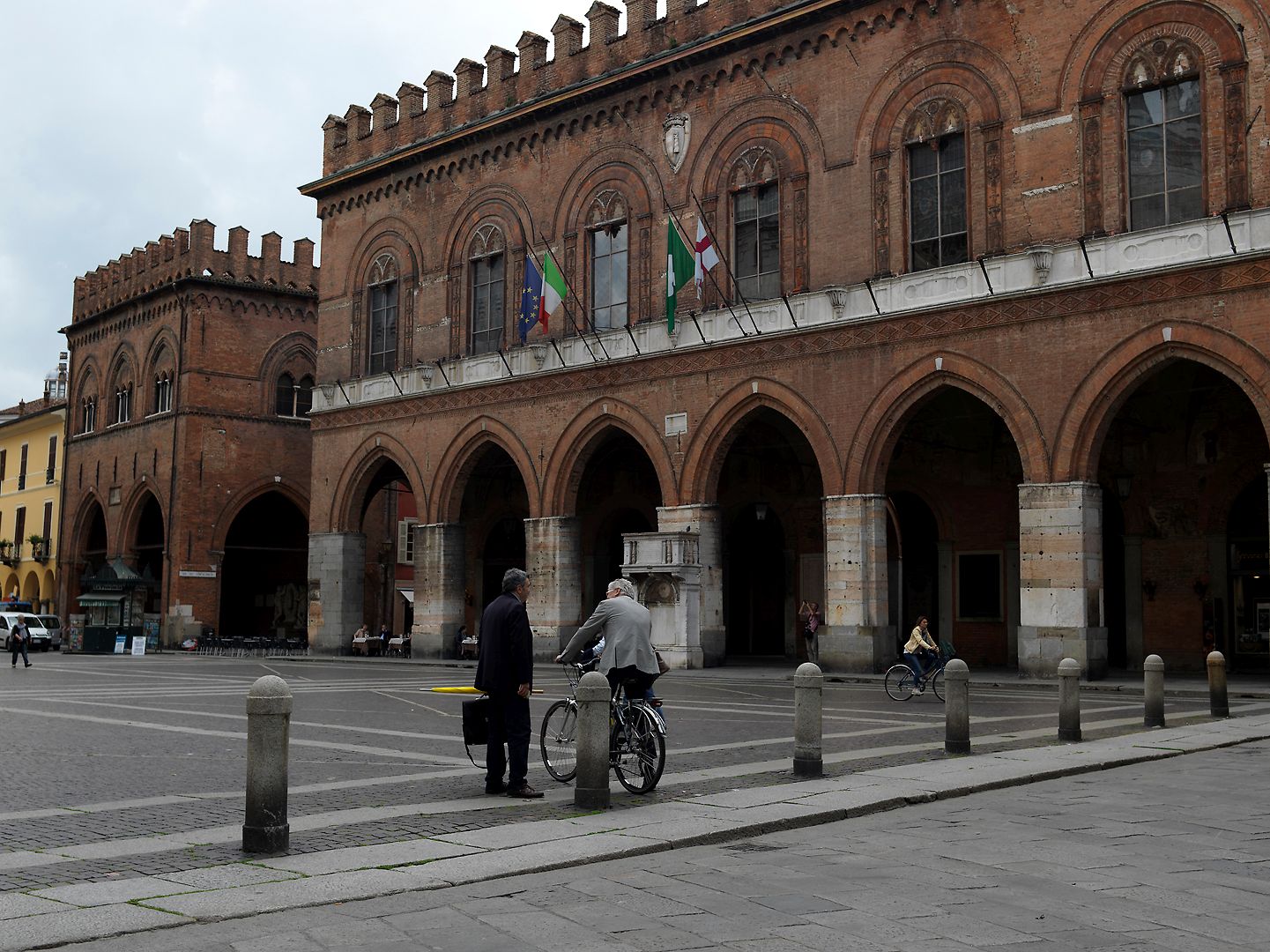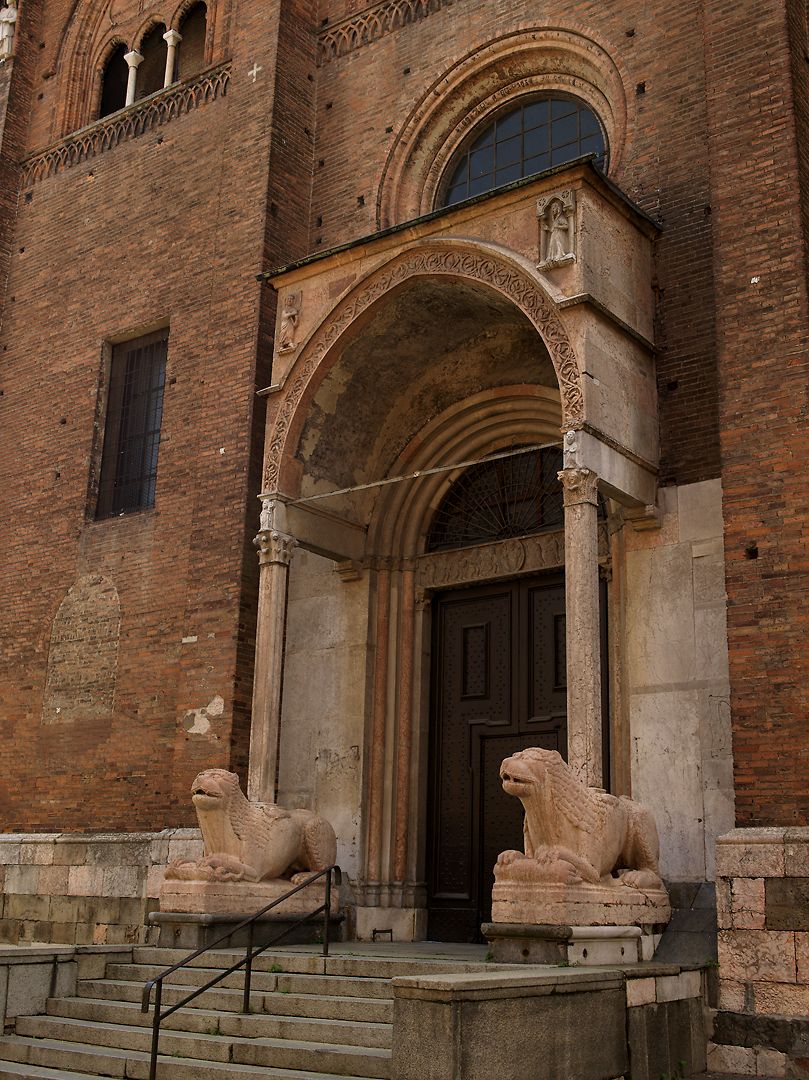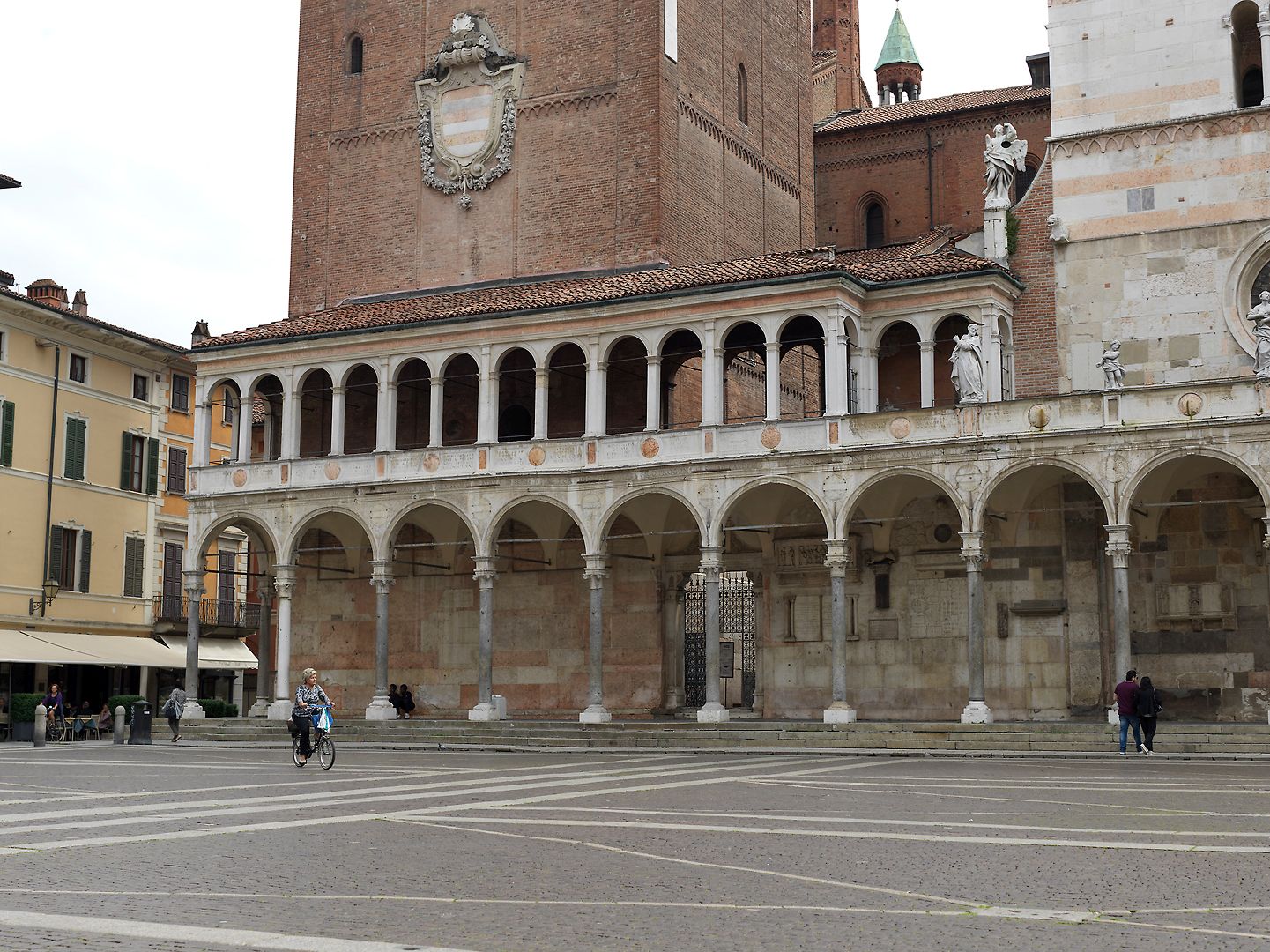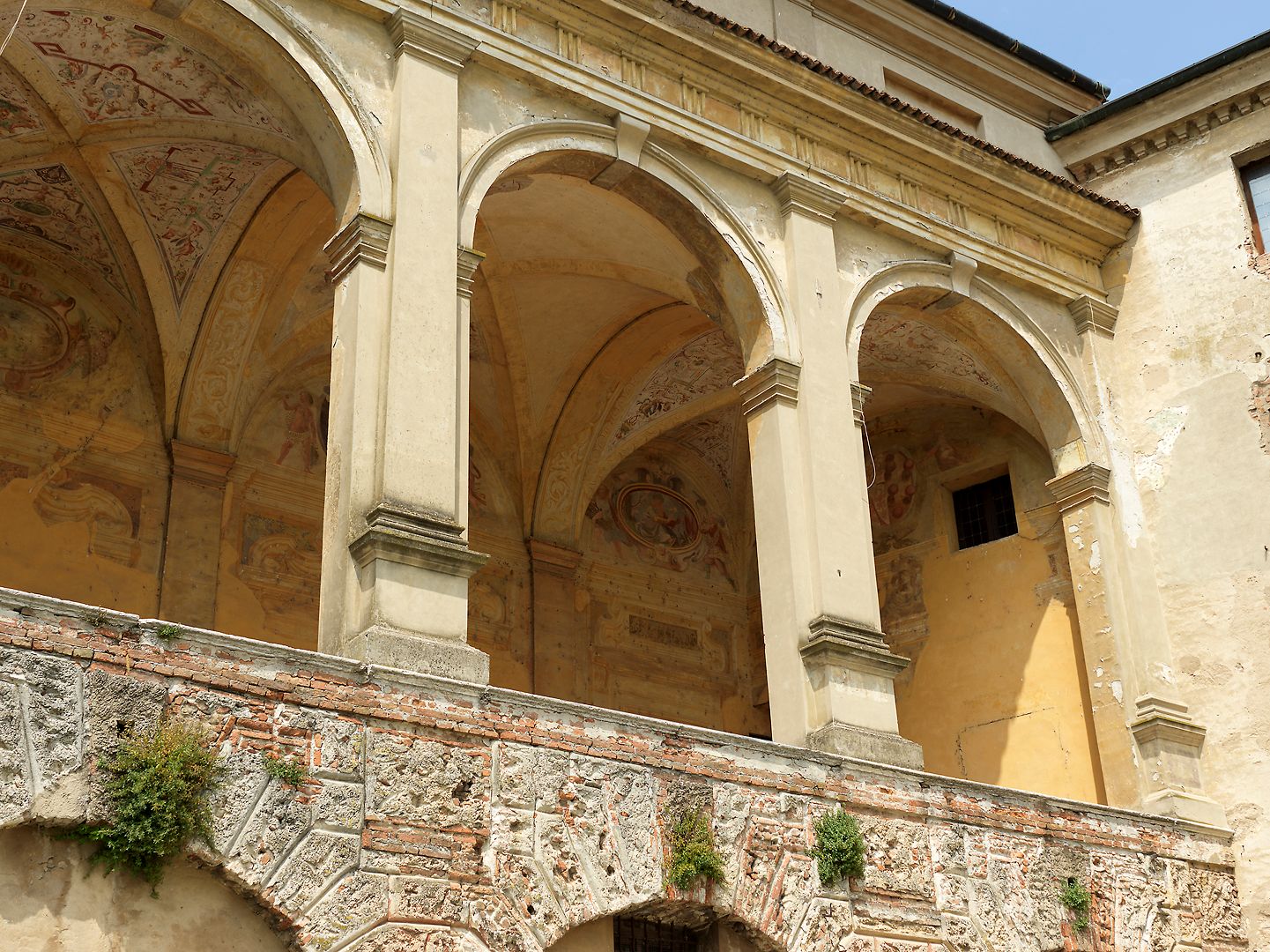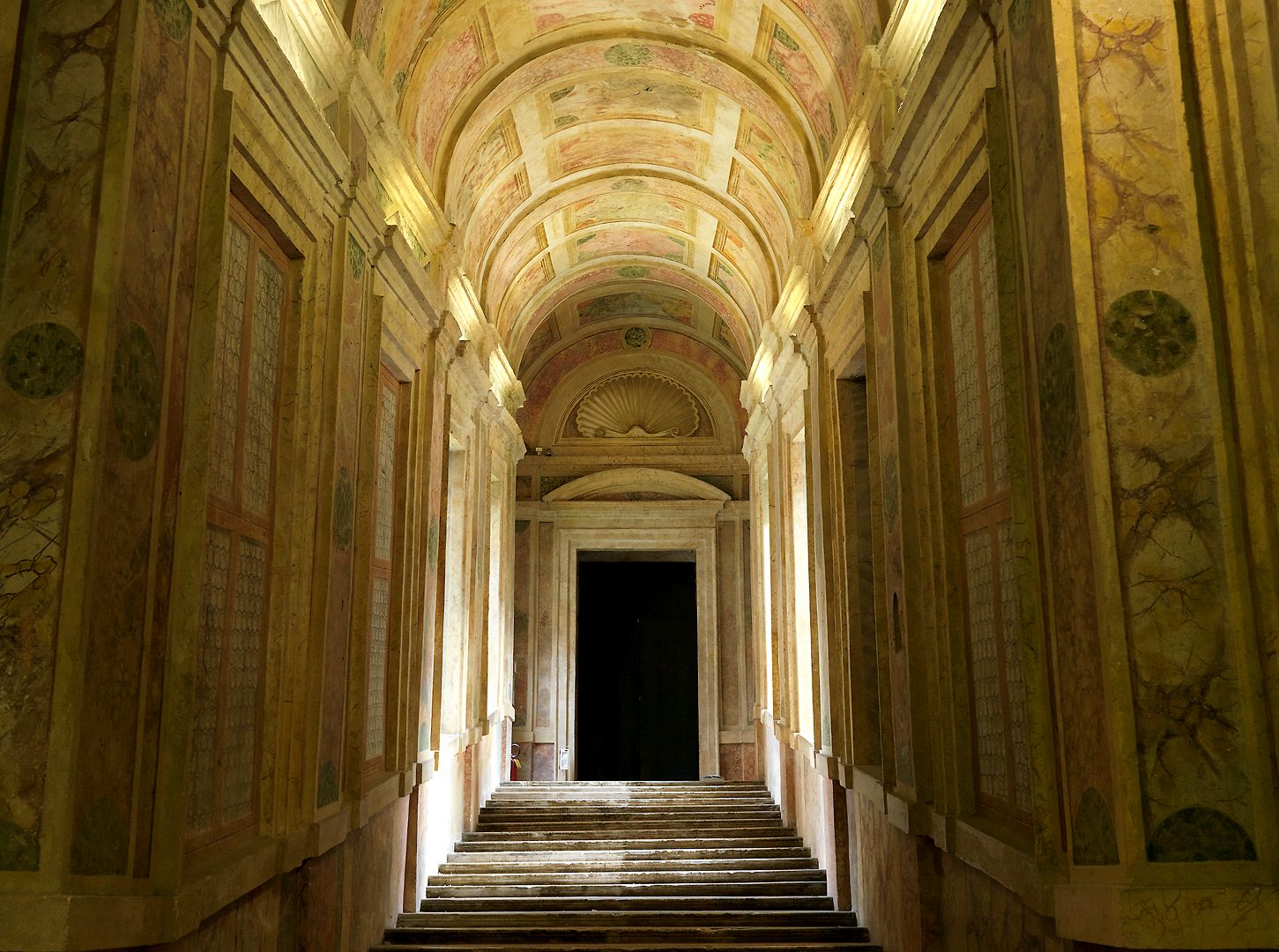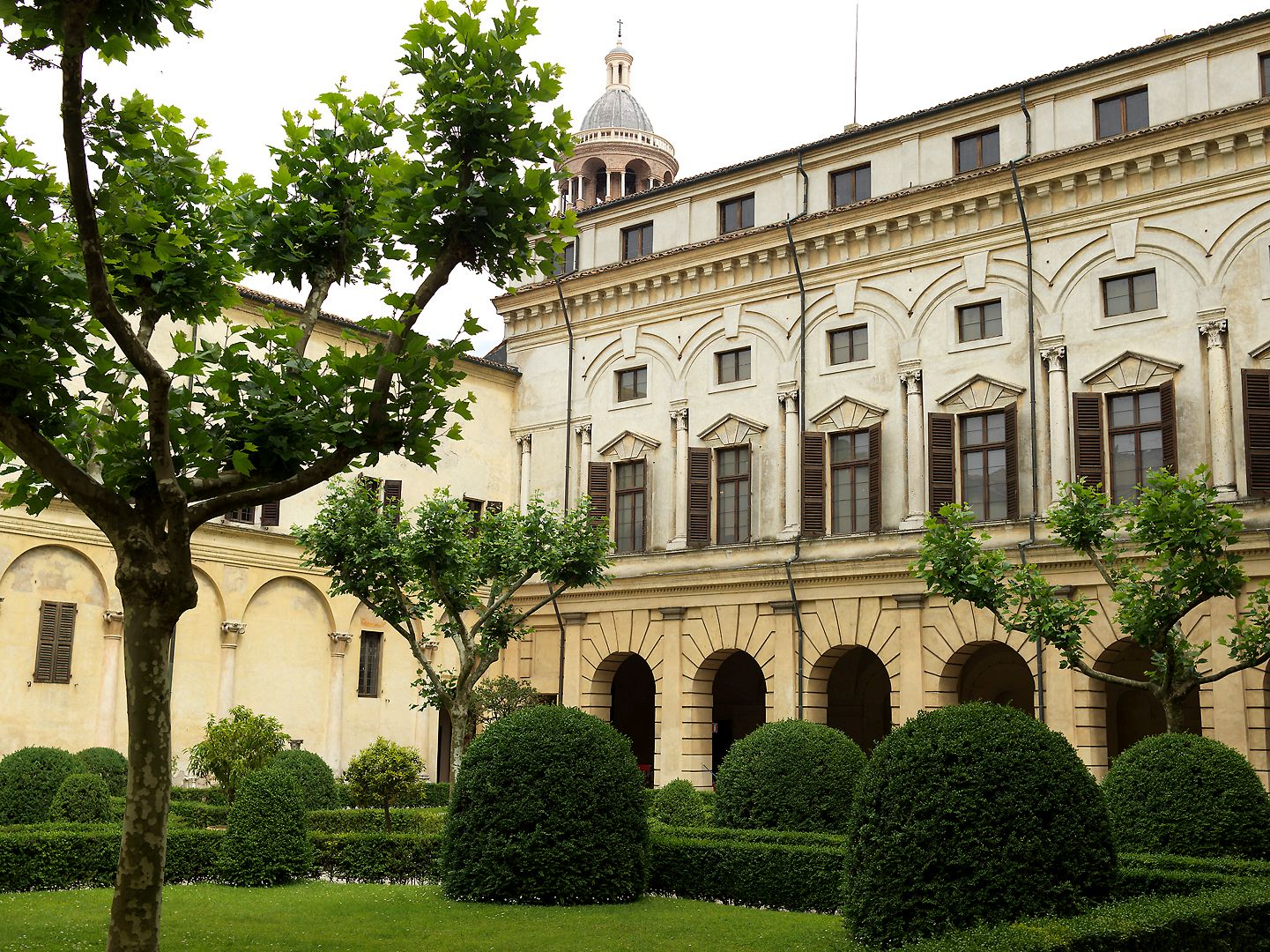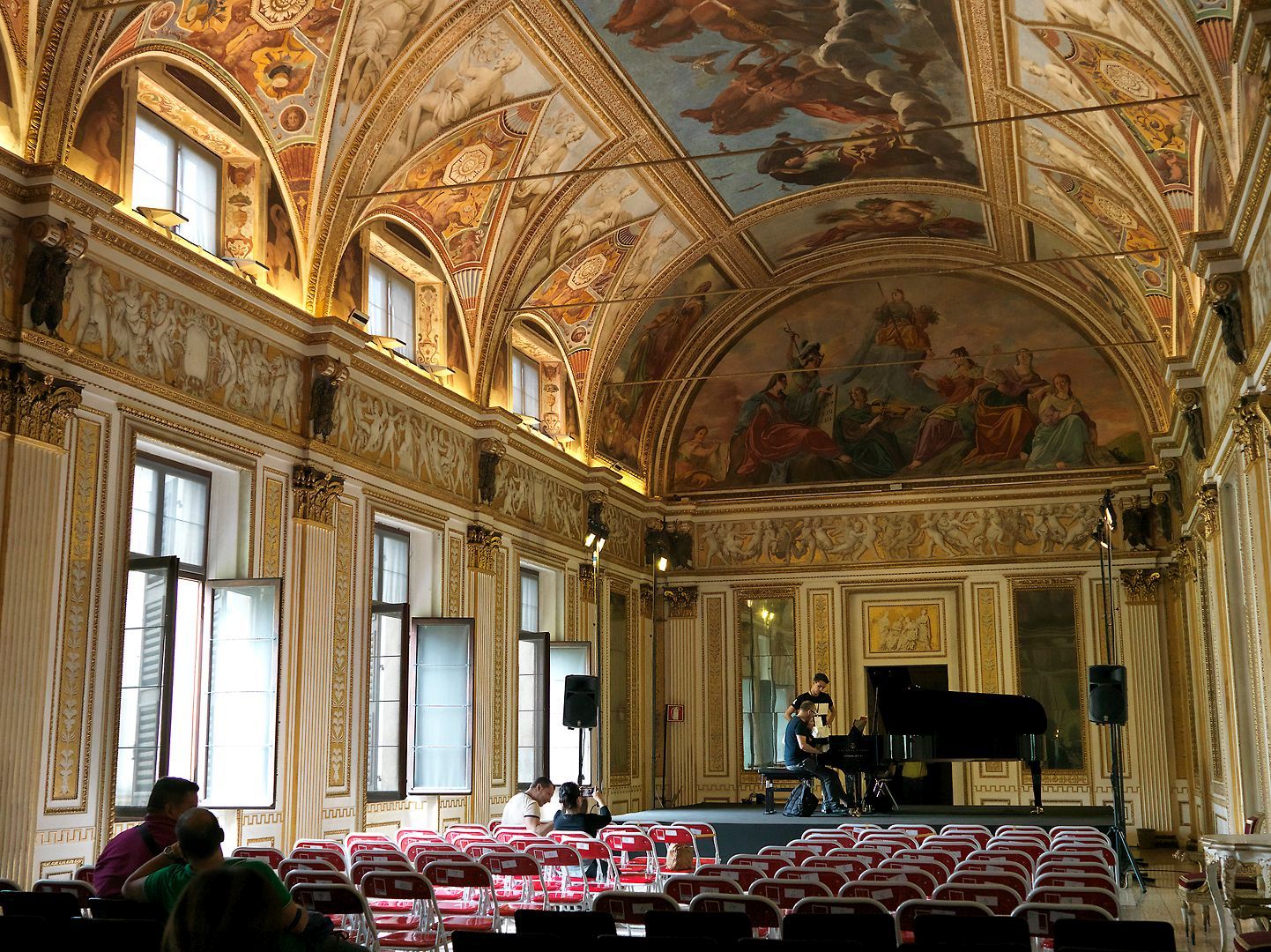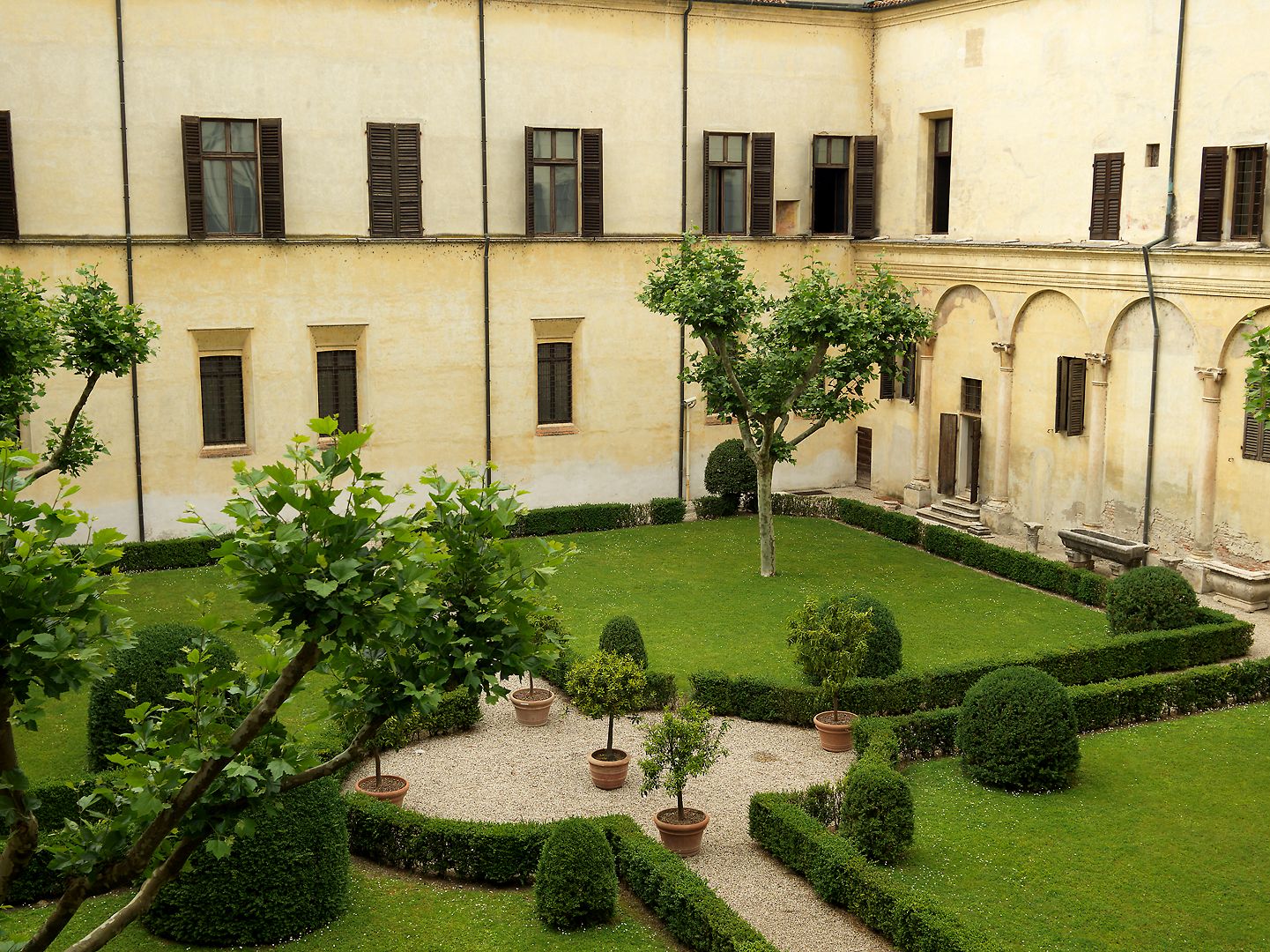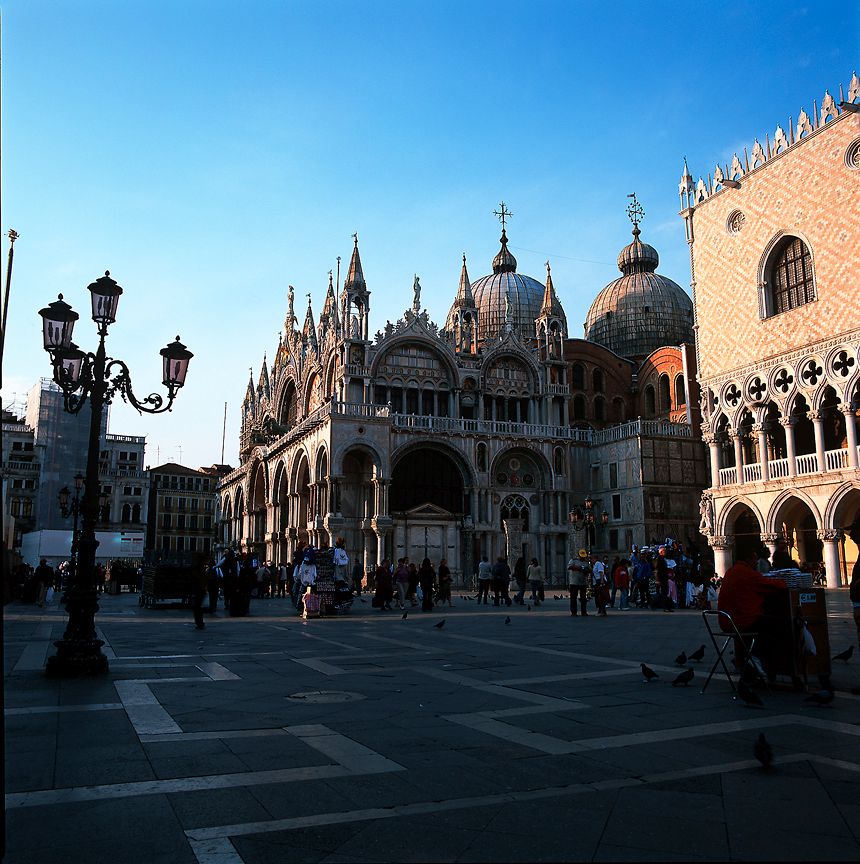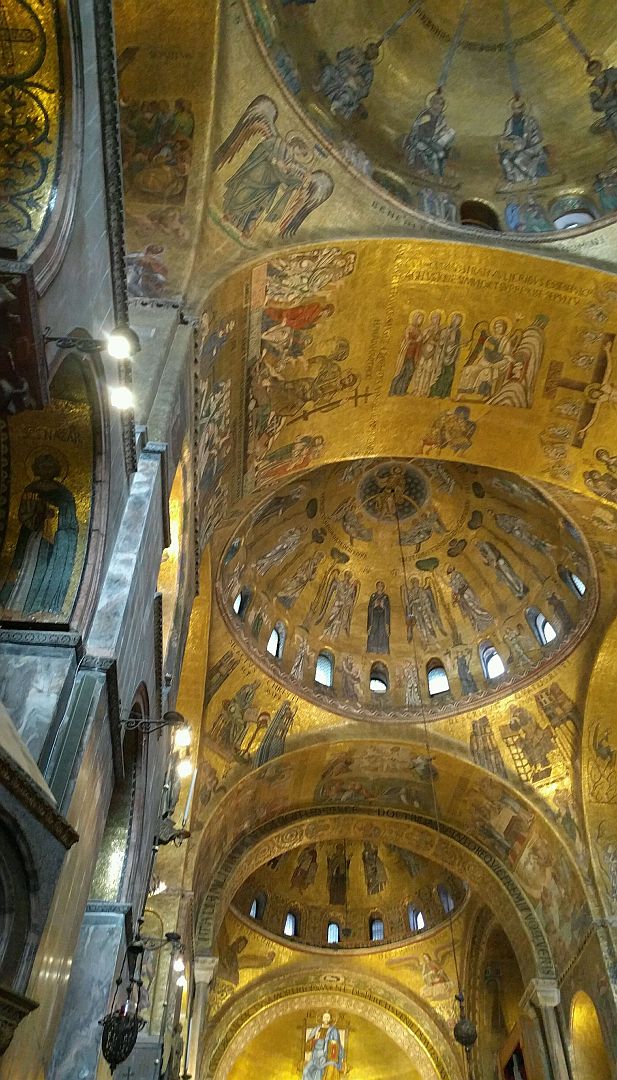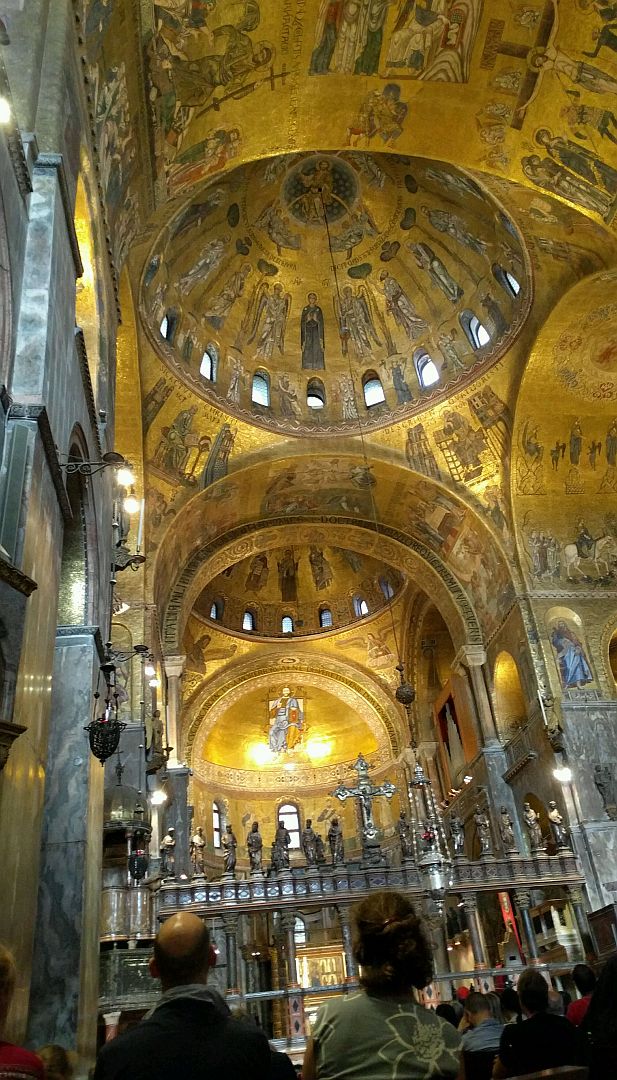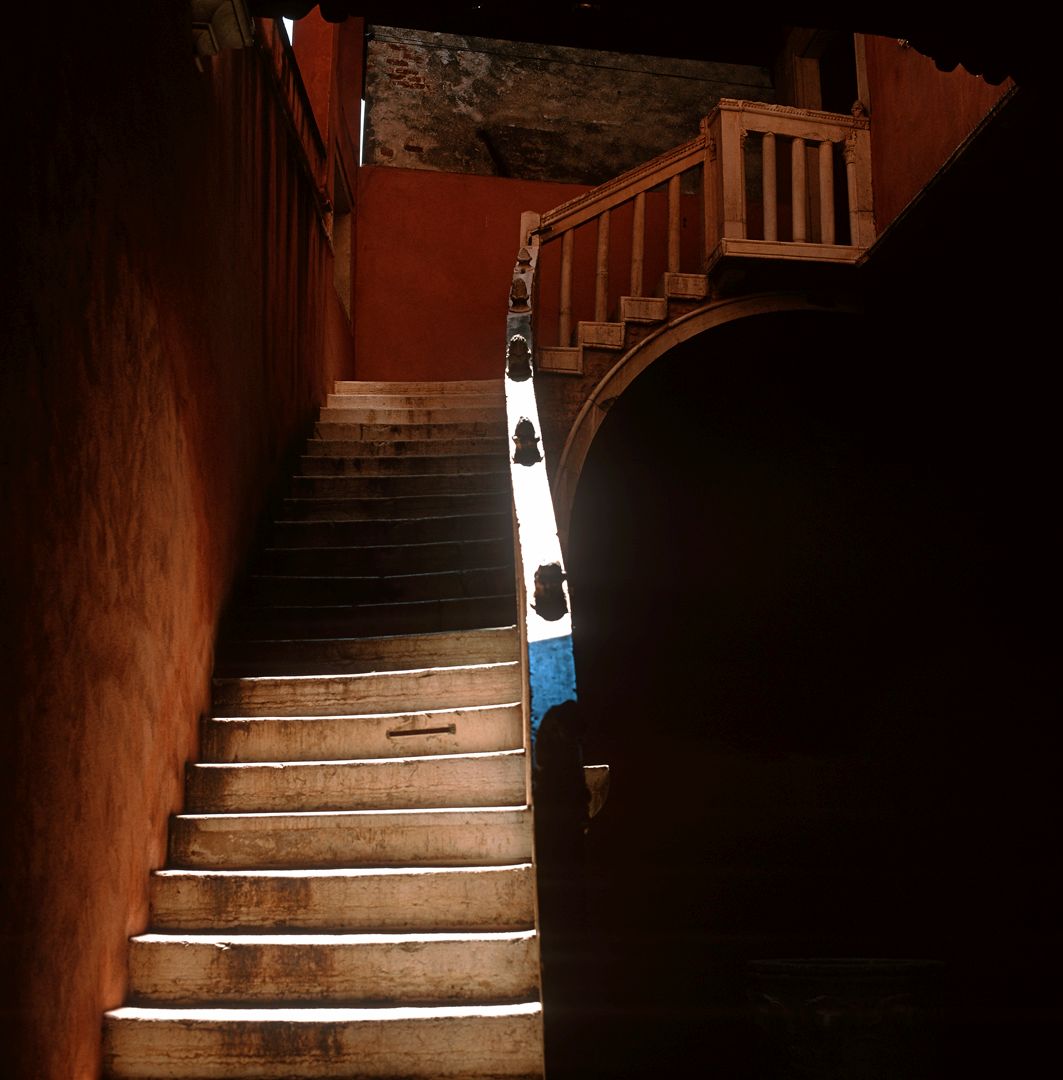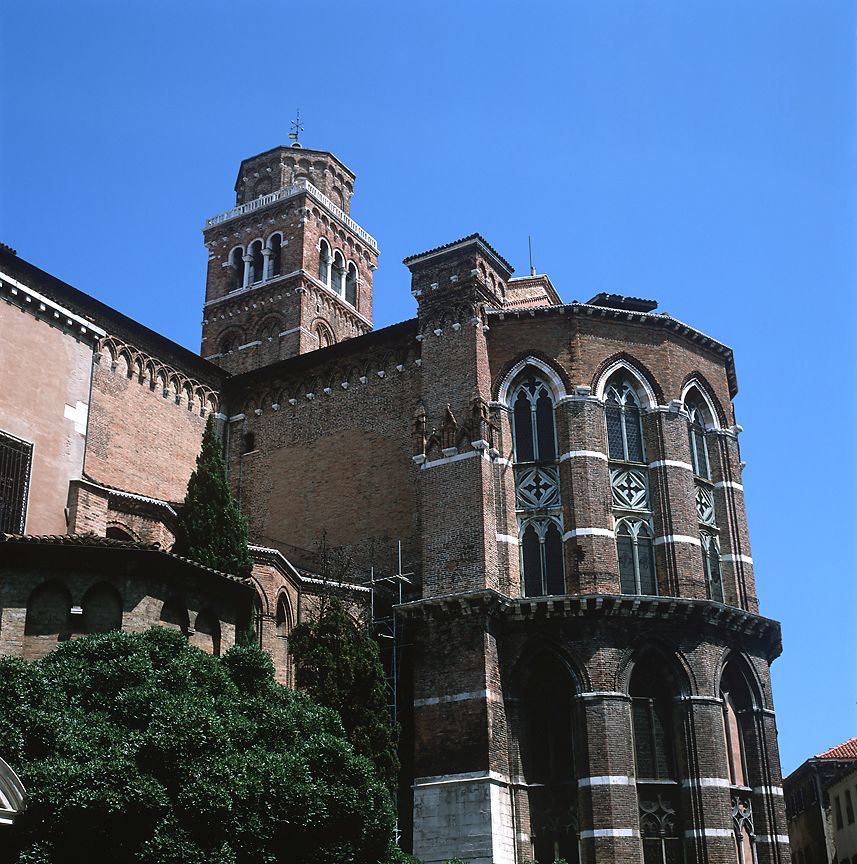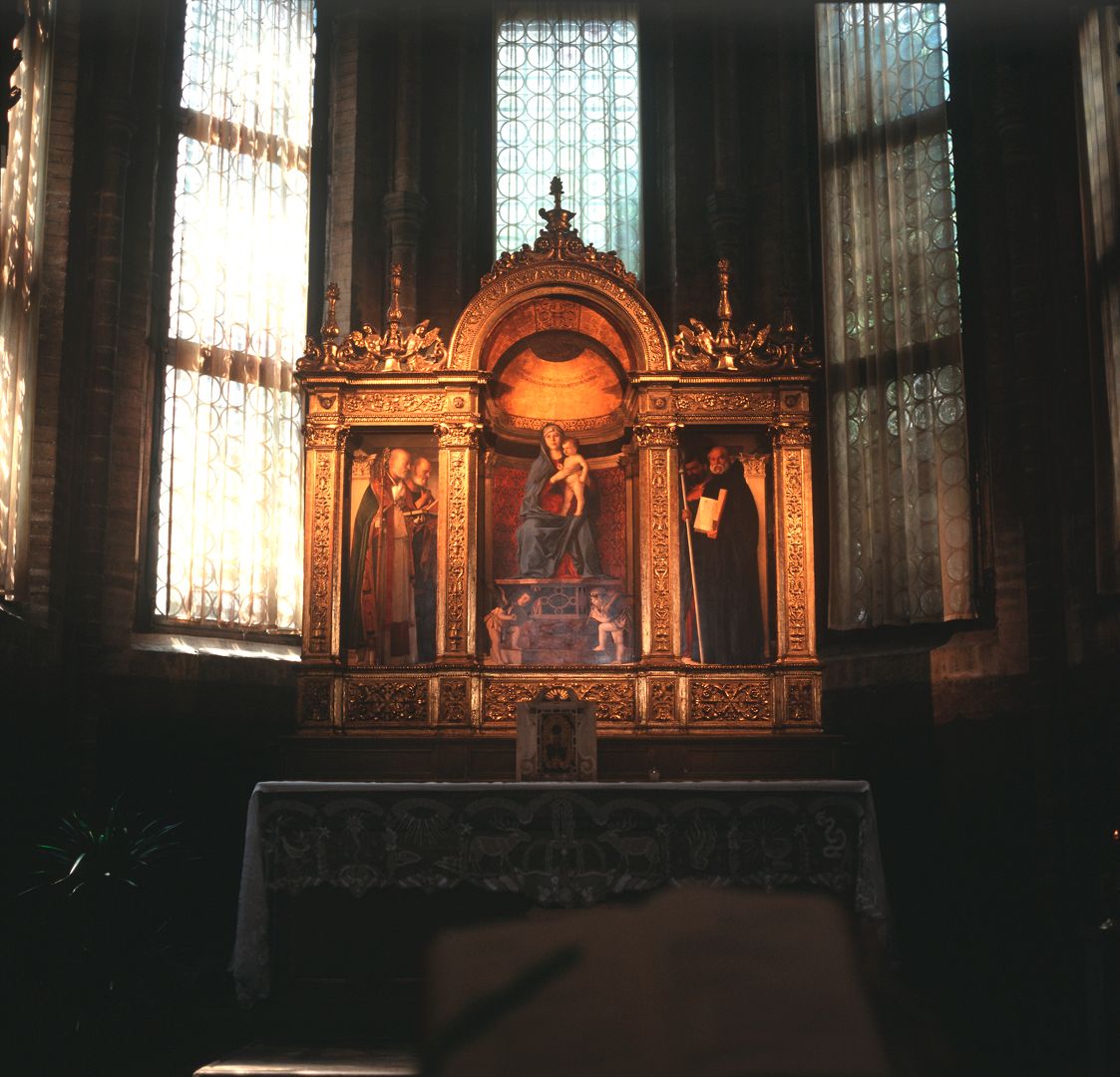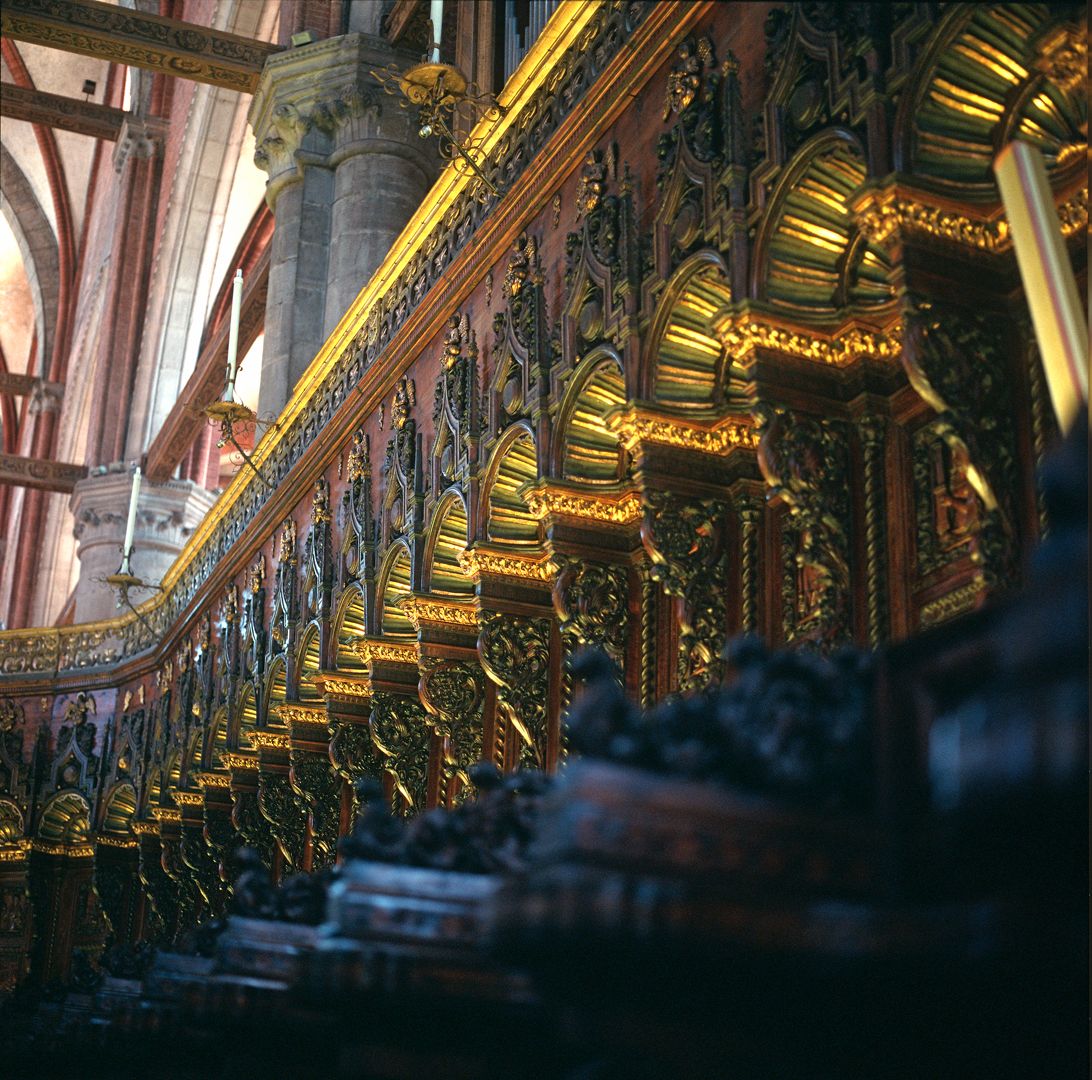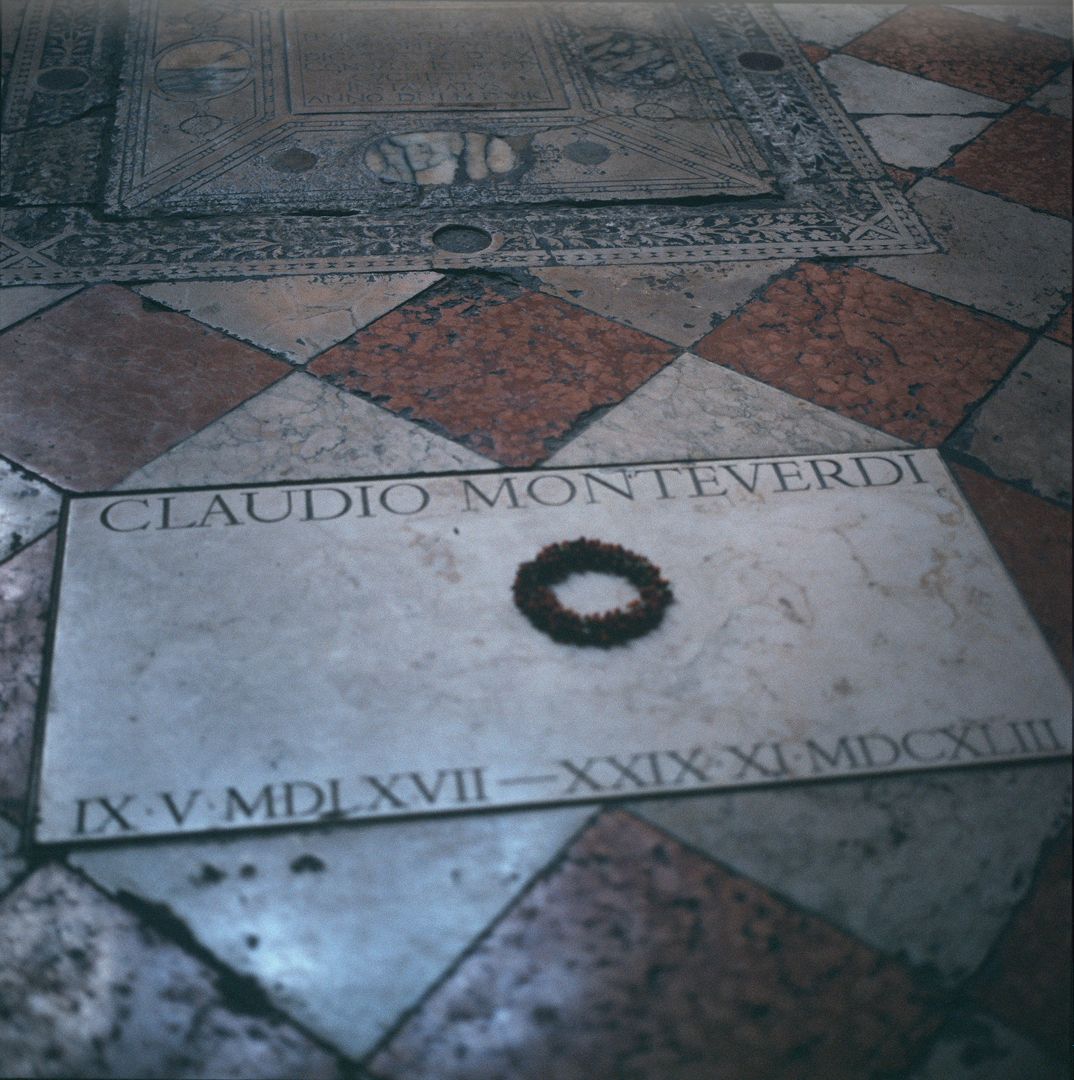Lake Maggiore is the largest of the north Italian lakes, sitting between between Lombardy, Piedmont and Switzerland. The area has some famous attractions, such as the Borromean Islands, and some less famous but very worthy ones.
This post describes a visit we made there a few years ago (pre-COVID). We flew from Australia, and thanks to a delayed flight from Melbourne we missed a connection in Dubai, arriving at Milan six or seven hours late. We then drove into the mountains above Lake Maggiore, arriving very late in the evening where our kindly hosts were still waiting to let us into the property.
The property was located in the strip of cleared land that lies under the cable car connecting the town of Stresa on the lake shore with the top of Mount Mottarone. That gave us some wonderful views, and since the cable car was not then in operation, it was very quiet.
Note: this is the cable car that was involved in a terrible accident in 2021. Investigators found that a safety mechanism had been deliberately disengaged.
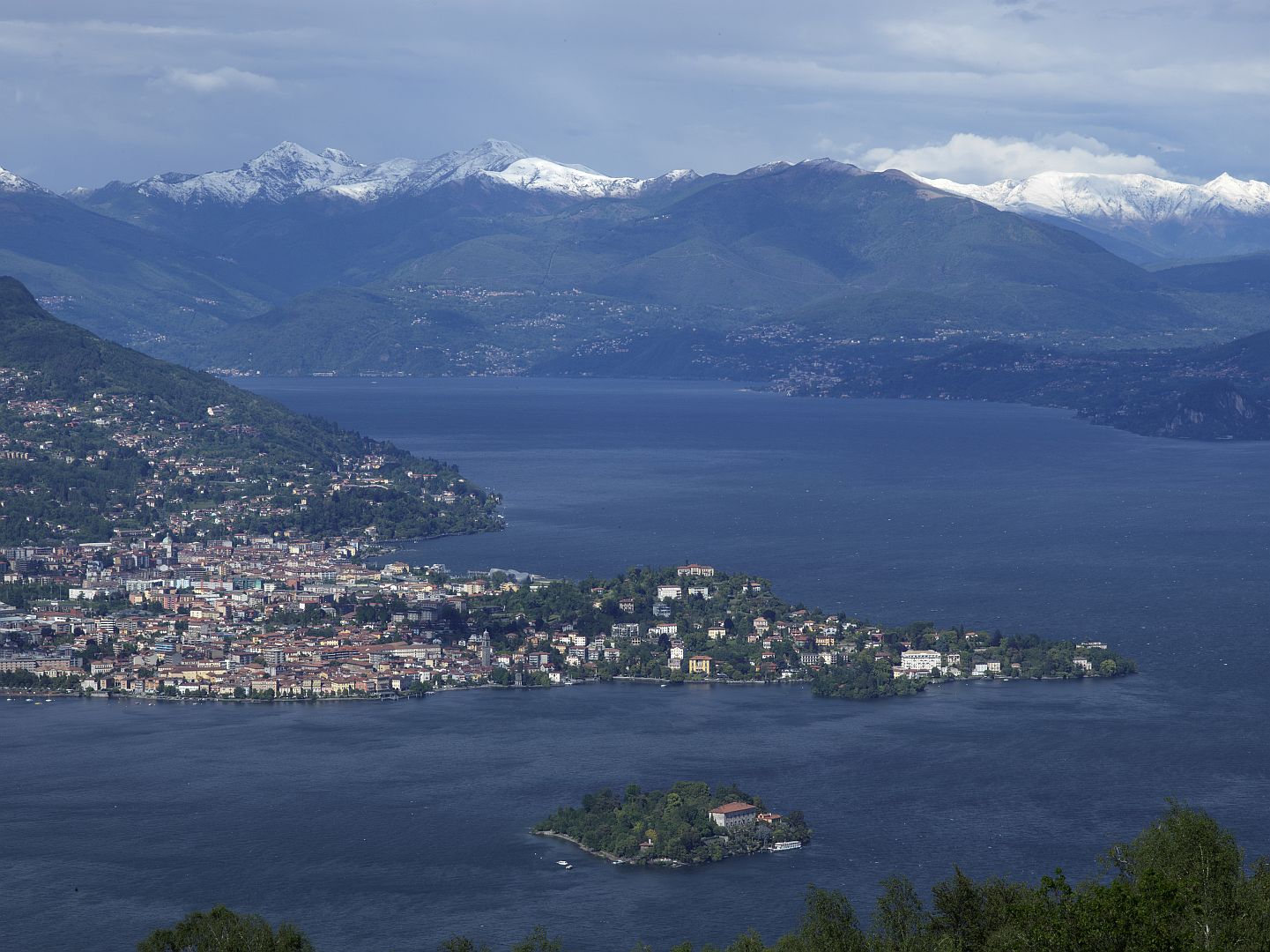
The day after we arrived saw storms and cold weather. The day after that was clear and sunny, and thanks to the bad weather the day before, there had been an unseasonable (it was May) dump of snow on the mountains, making excellent conditions for photography.
Geology
The great lakes of Northern Italy – Maggiore, Como and Garda, were all formed by glacial action in the Ice Age, and thus run roughly from north to south, from the Alps down towards the Po Valley. The Alps, formed by the collision of tectonic plates, run more or less east-west here. This is particularly clear in the case of Lake Maggiore, and makes for some spectacular scenery, particularly from the top of Mottarone, looking northwards to where the Lake enters Switzerland.
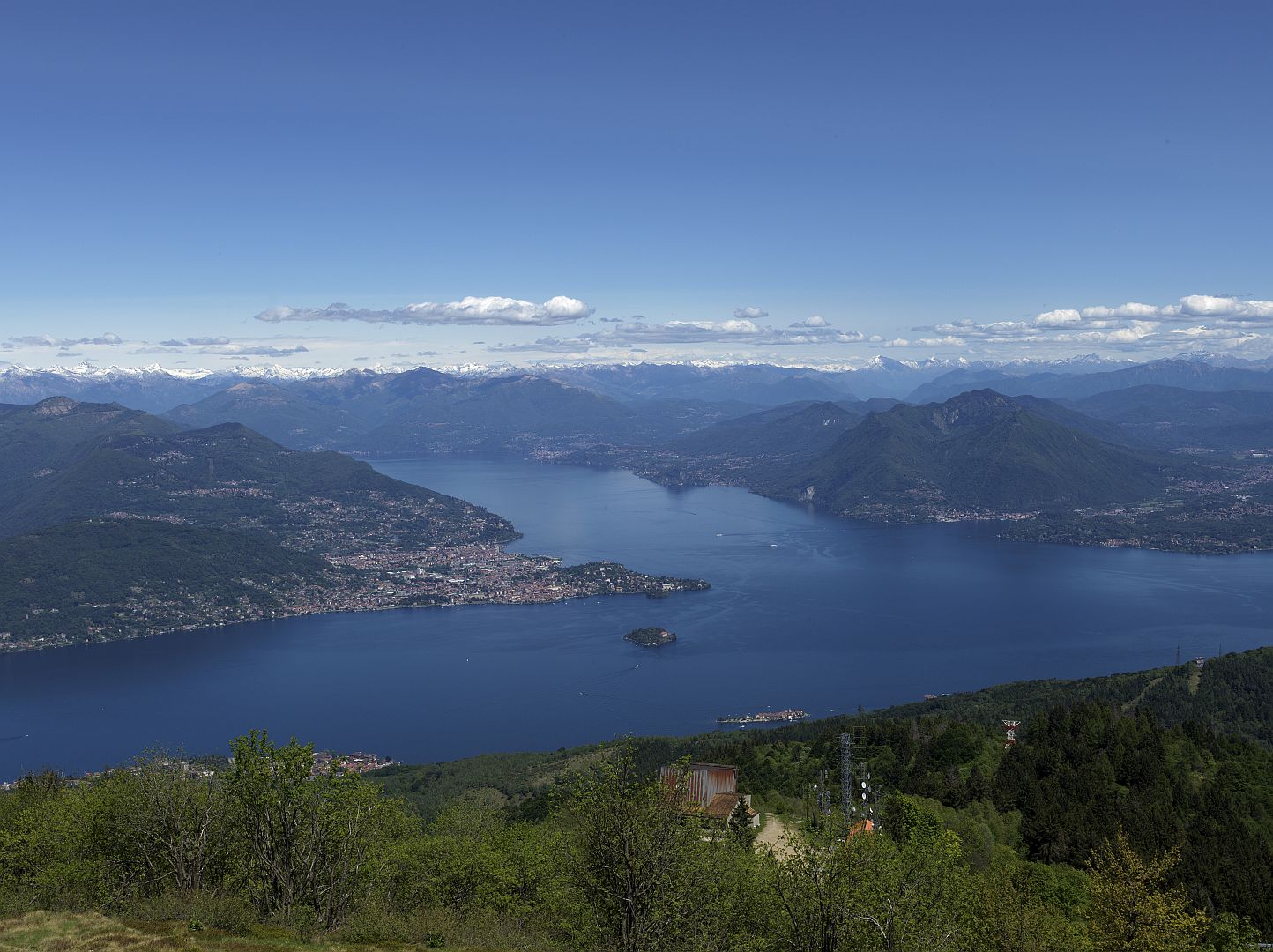
Stresa
Stresa, while apparently of medieval origin, is today largely a 19th-Century resort town with some large hotels, and villas which are a bit architecturally reminiscent of Victorian-era post offices and fire stations in parts of provincial Australia. It therefore has a slightly faded death-in-Venice atmosphere and one can easily imagine chaps in top hats strolling along the lake front and helping ladies down from carriages. Still, as resort towns go it is an excellent example of the breed, and the scenery obviously keeps the tourists coming in the 21st Century.
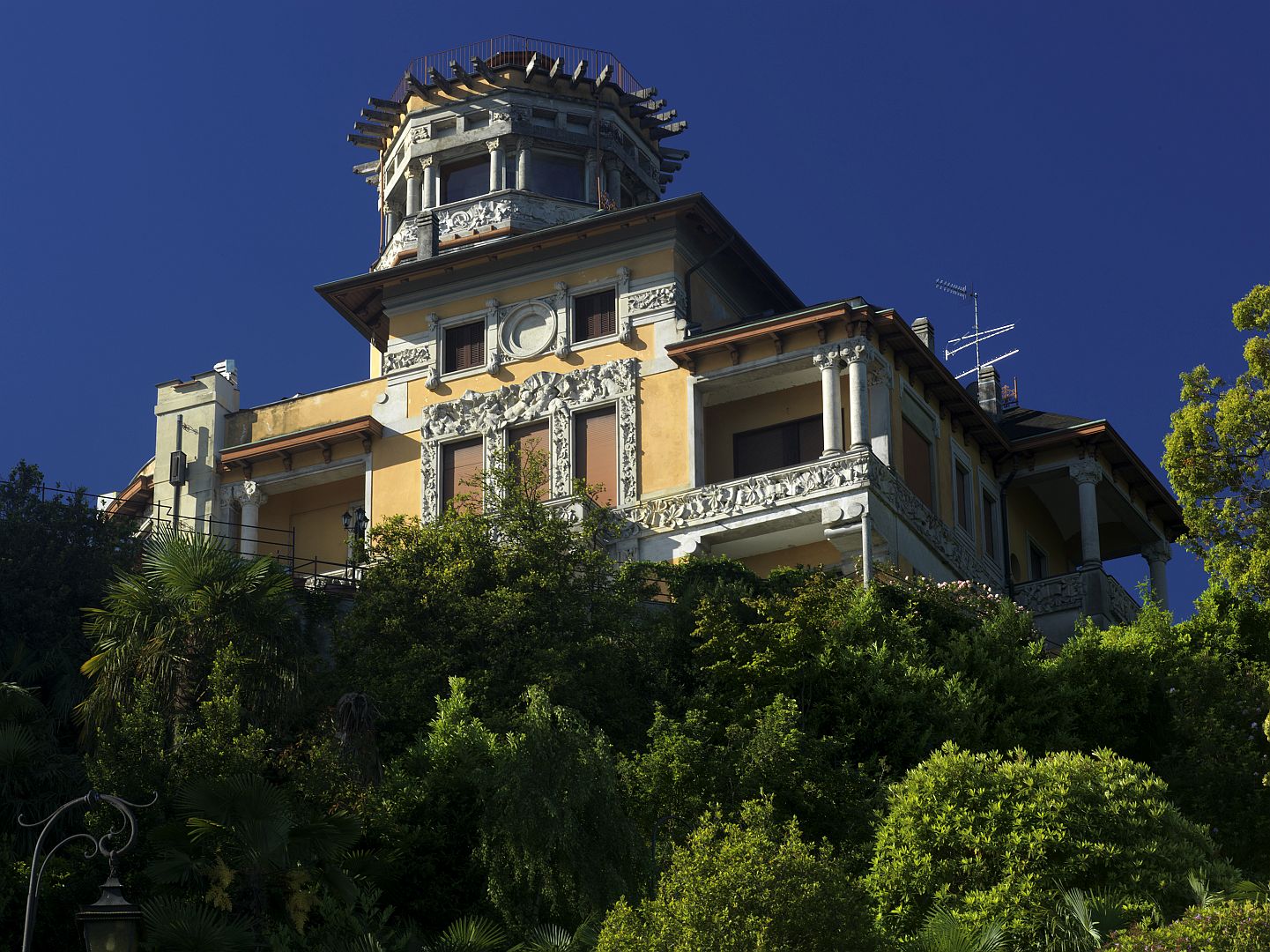
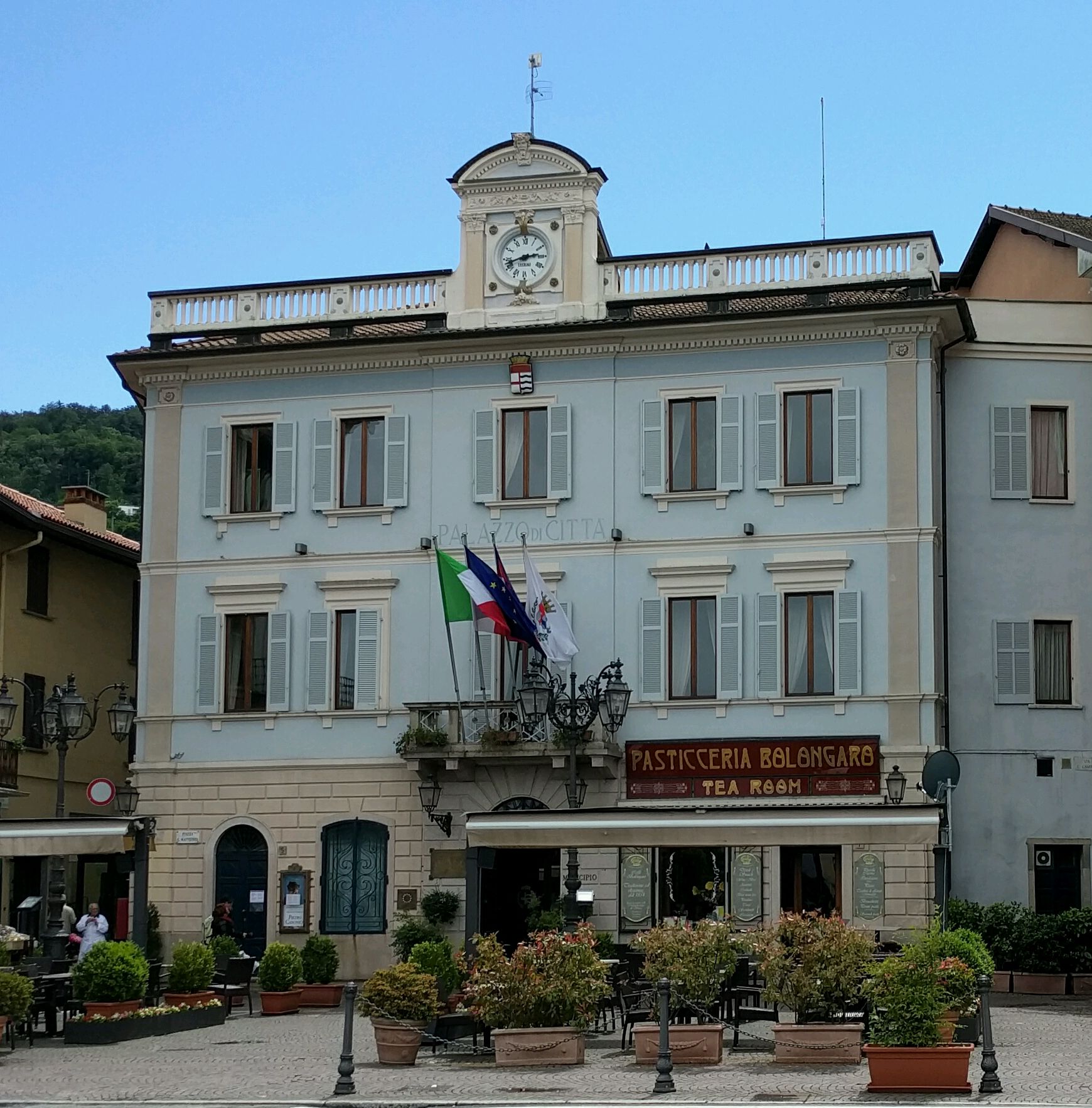
Lago d’Orta
We were struck by how comparatively few medieval buildings there were around, compared with further south in Italy. I suppose that, it being a wealthy area, people could afford to knock their old places down and rebuild.
In any case, if it is medieval that you want, a visit to the Lago d’Orta not far away will satisfy you. Lake Orta, just west of Lake Maggiore, is much smaller but formed by the same glacial system. The main town on the lake is Orta San Giulio, named after a Saint Julius who died on the little island nearby and was commemorated by a small oratory there from the 5th Century (completely obliterated by later buildings). The island appears to be some sort of pilgrimage centre these days, but whether this is due to a surviving cult of St Julius or for some other reason I was unable to establish.
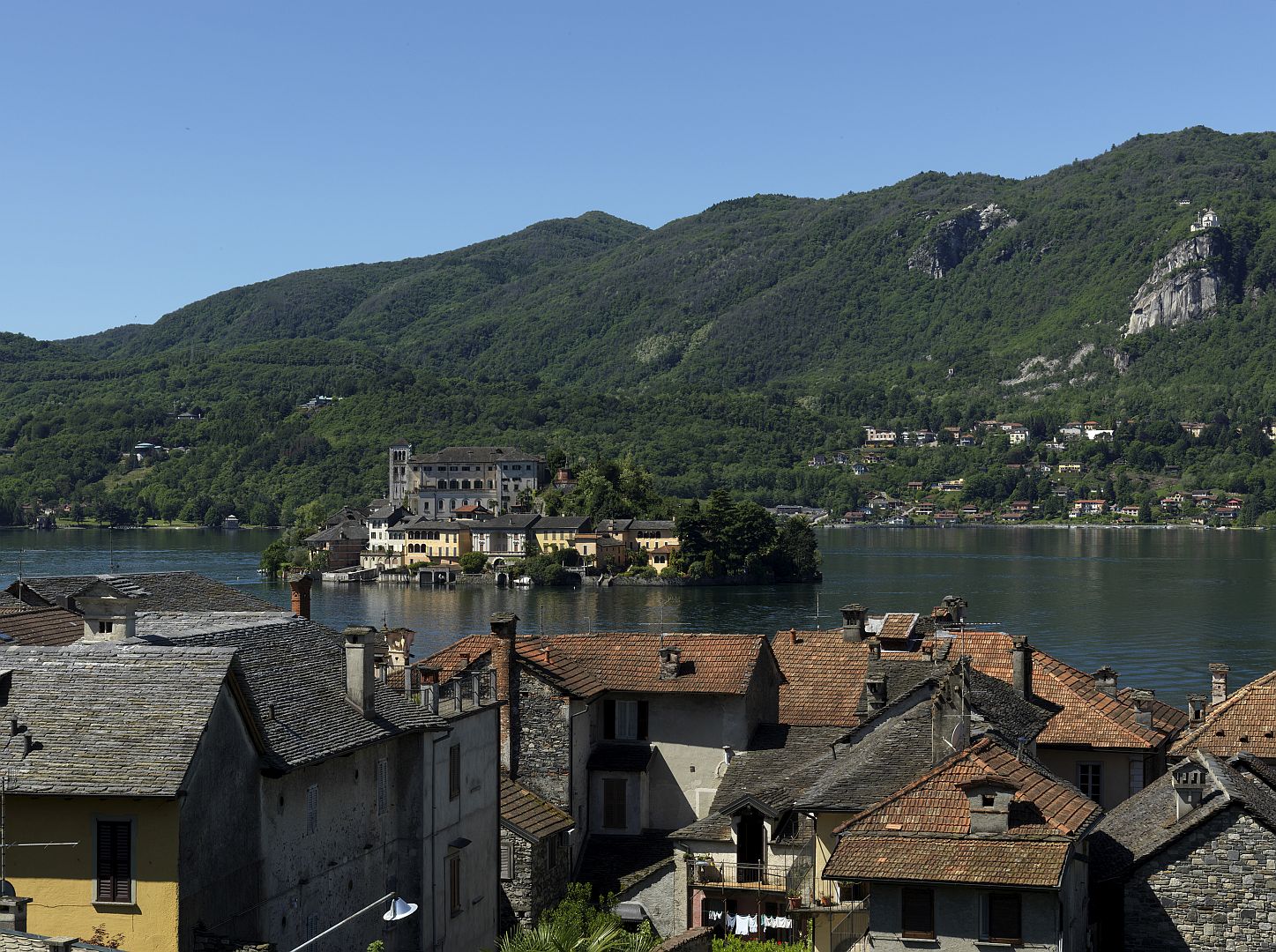
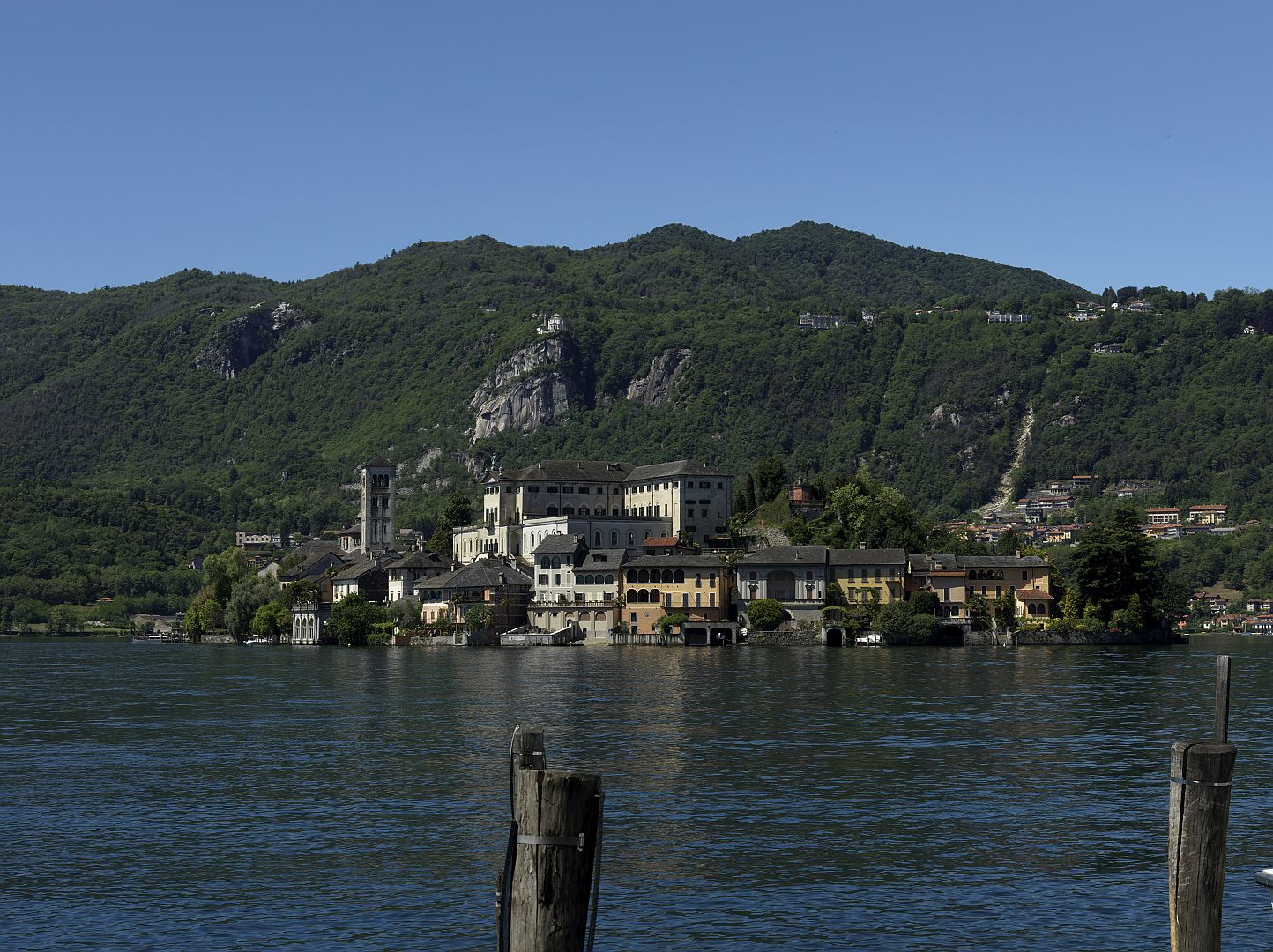
There is a splendid medieval town hall in the middle of the town. This presented a slight photographic challenge, which I will discuss later.
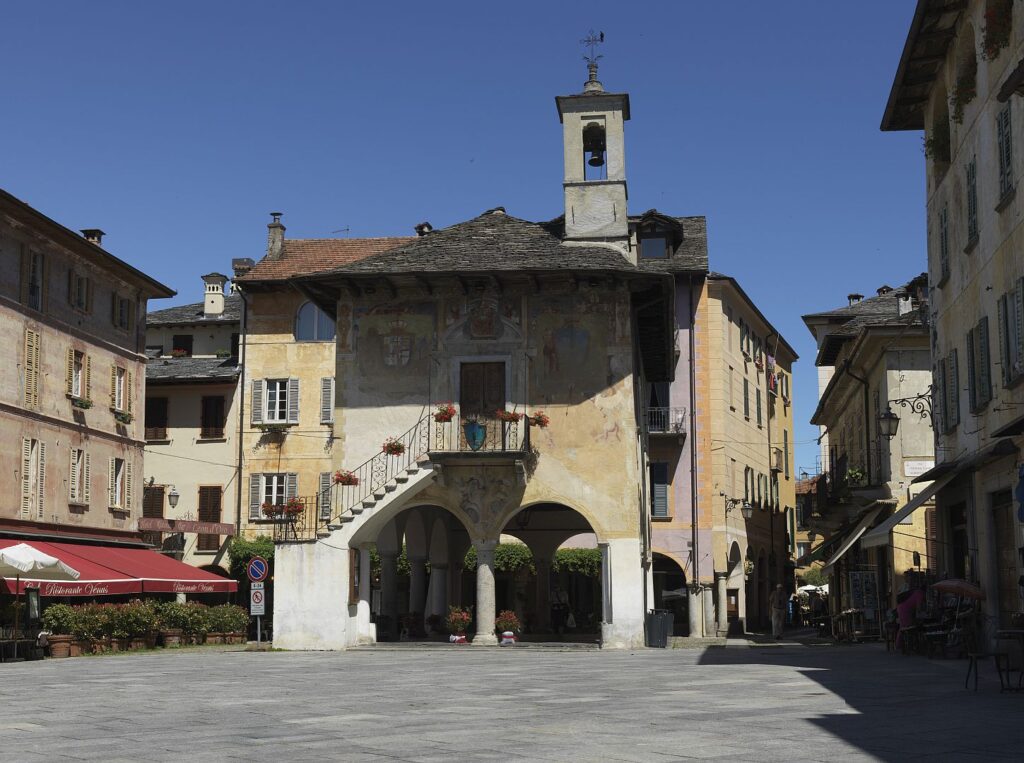
The Borromean Islands
For us, as for many other visitors, the main attraction of the region was a visit to the Borromean Islands. What are they? Well, in Lake Maggiore, just off the shore from Stresa, are three large islands – Isola Bella, Isola dei Pescatori, Isola Madre plus a couple of little ones – and they are owned by the Borromeo Family. This family started out in Milan around 1300 and is still going today – I believe the heir to the family title is a countess who is married to the head of the FIAT empire.
On the way to today they got very rich, produced several cardinals (but no popes) and one saint. The saint (San Carlo Borromeo) was archbishop of Milan during the 16th Century and was canonised not for extraordinary acts of piety but for playing a major part in the purification of the Catholic Church from corruption and the overhaul of doctrine that we call the Counter-Reformation. A bit like getting an Order of Australia for conspicuous service in public administration.
Isola Bella
The Borromeo Counts started acquiring the islands in the 16th Century, and in the 17th Century Count Carlo III renamed one of them Isola Bella after his wife, as a present. It means “Beautiful Island”, but it was also a pun on her name, which was Isabella. He then built a palace at one end and started an extraordinary baroque garden at the other, also as a present.

Actually, the count didn’t manage to buy all of Isola Bella. A few indomitable fishermen refused to sell, doubtless with an eye to the profits of the tourist trade in four hundred years’ time, so there is now a small disorderly village running along a part of the lake front, all now converted into souvenir shops and the like.
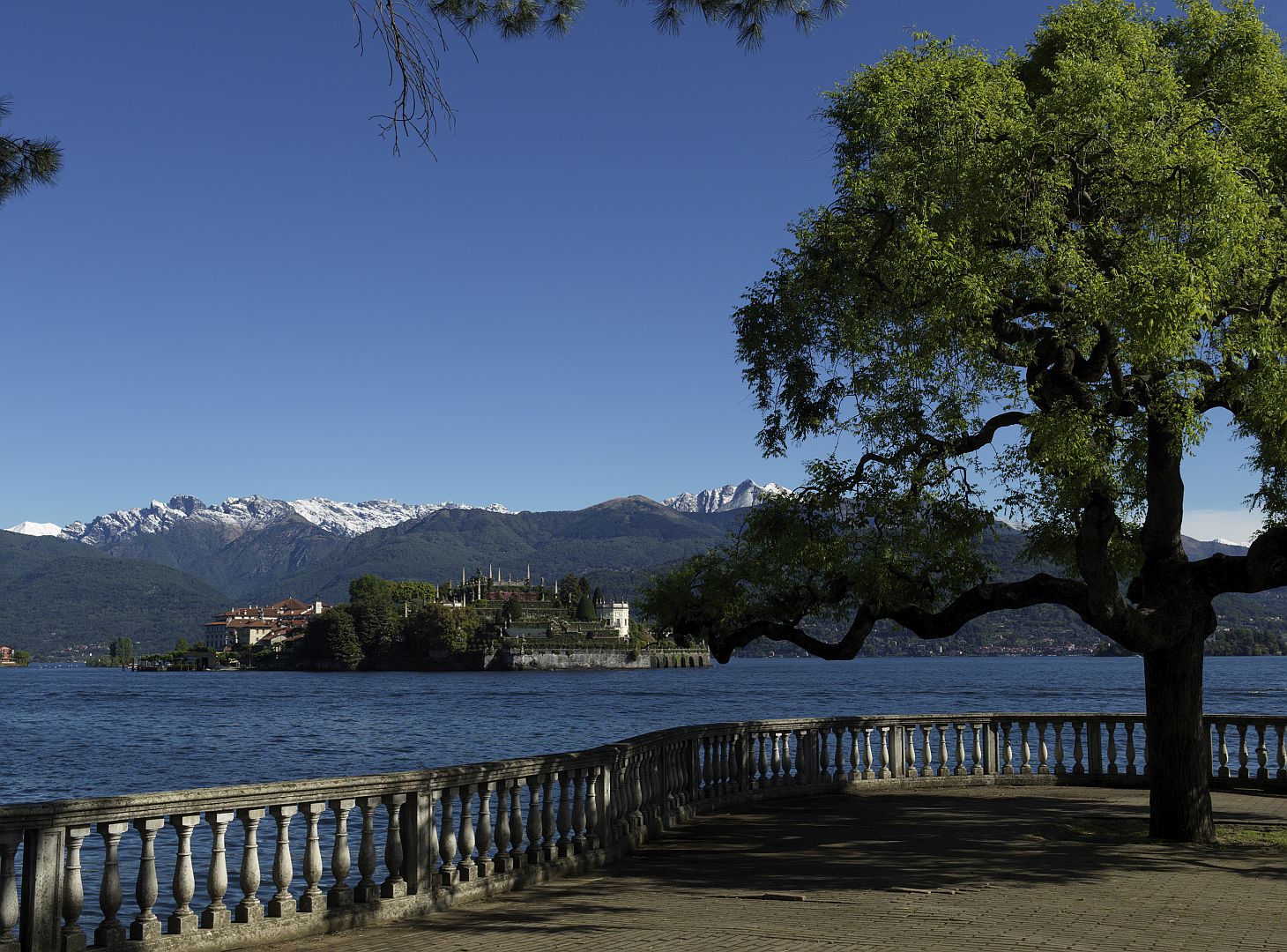
The garden was completed by his next few successors, who had large quantities of soil ferried across, to build up a series of monumental terraces. These were exuberantly decorated with statues, including several unicorns, a reference to the Borromeo coat of arms.
We turned up in Stresa nice and early, early enough to get a free car park opposite the extraordinary Regina Palace Hotel (picture below). Then we walked to the ferry terminal and bought what was basically an all-day ticket for the central section of the Lake Maggiore public ferry system – doubtless for a good deal less than it would have cost to get a ticket to the islands with one of the private tour companies.
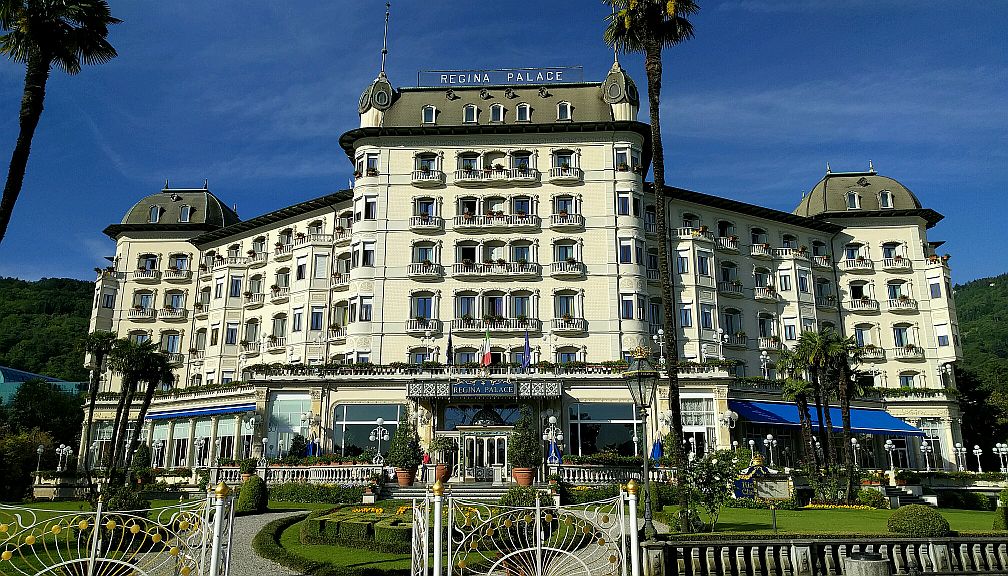
Having started early we therefore ended up on the first public ferry service to Isola Bella for the day. A couple of large French tour groups on private boats had beaten us there. To get to the gardens you have to buy a ticket to the palace, and go all the way through the palace. We took a tactical decision to do a speed tour of the palace and get to the gardens as quickly as possible. This was complicated by the tour groups who would spread out to block access to whichever room they were in but once it became clear that they were not going to move aside for us voluntarily, we did a bit of “scusi… scusi… scusi…” harassment and eventually penetrated their cordon sanitaire and made it into the gardens first. We had the gardens on Isola Bella all to ourselves, in beautiful weather, for probably fifteen minutes before the next few intrepid types broke through the French blockade.
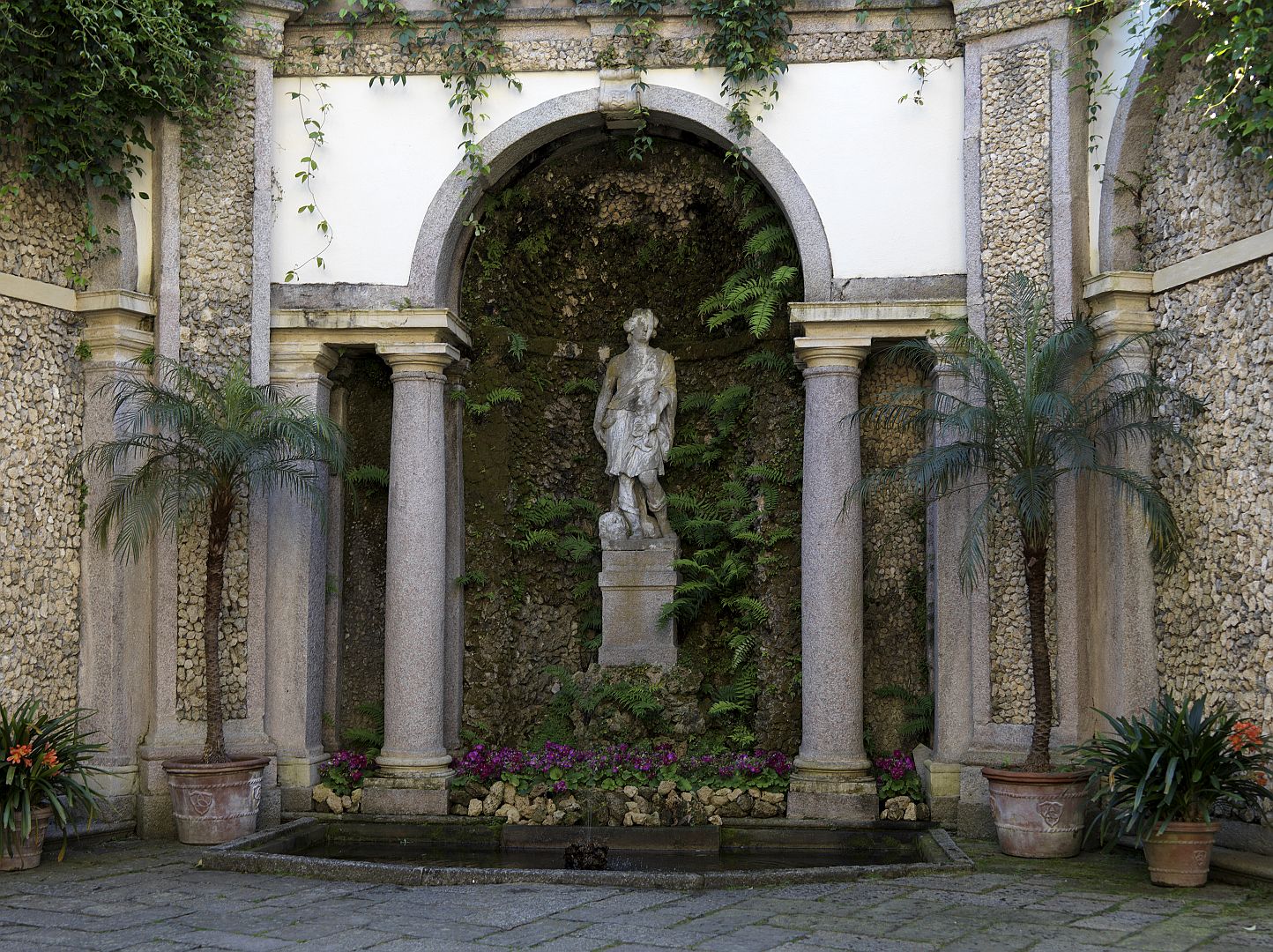
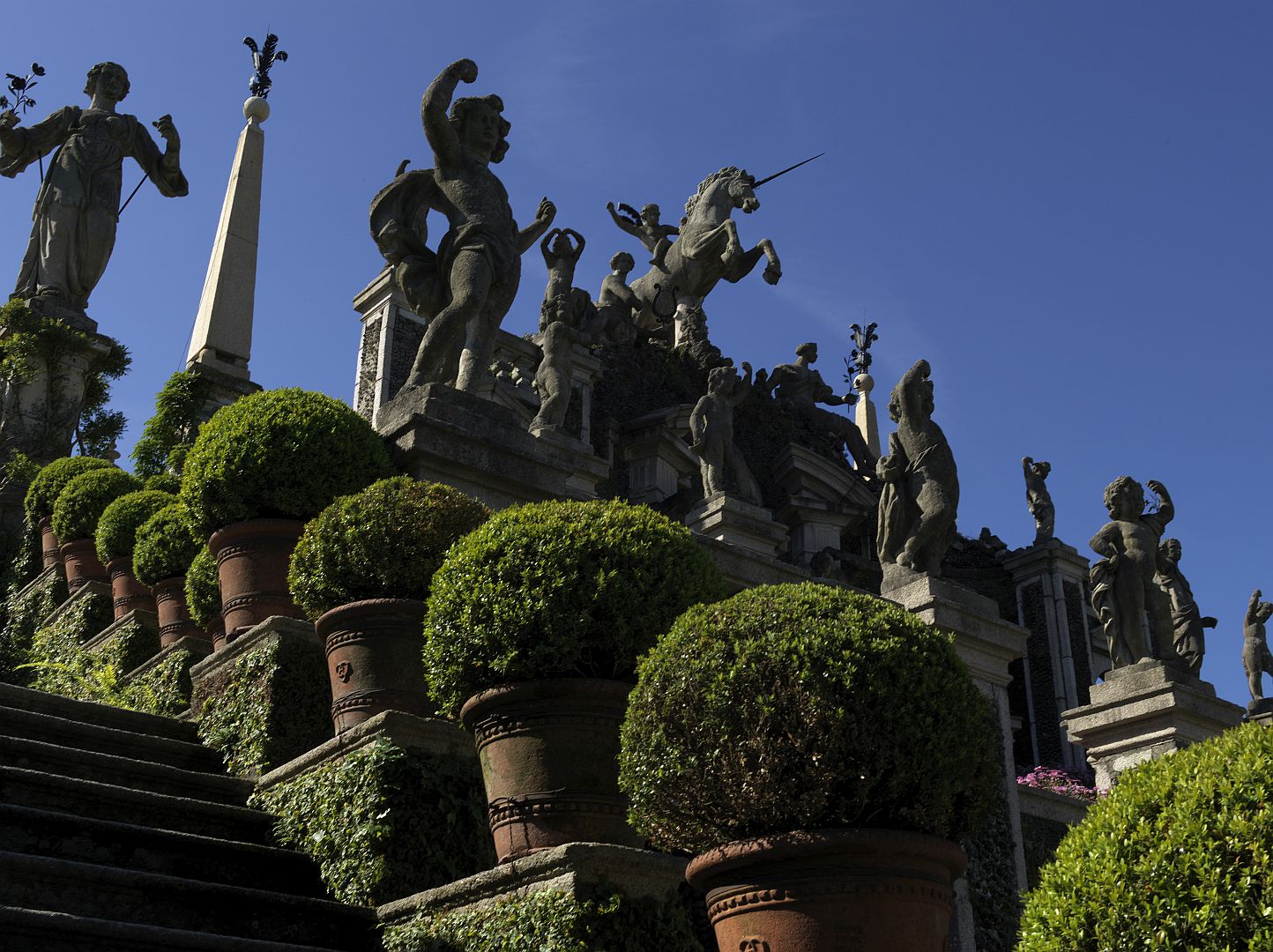
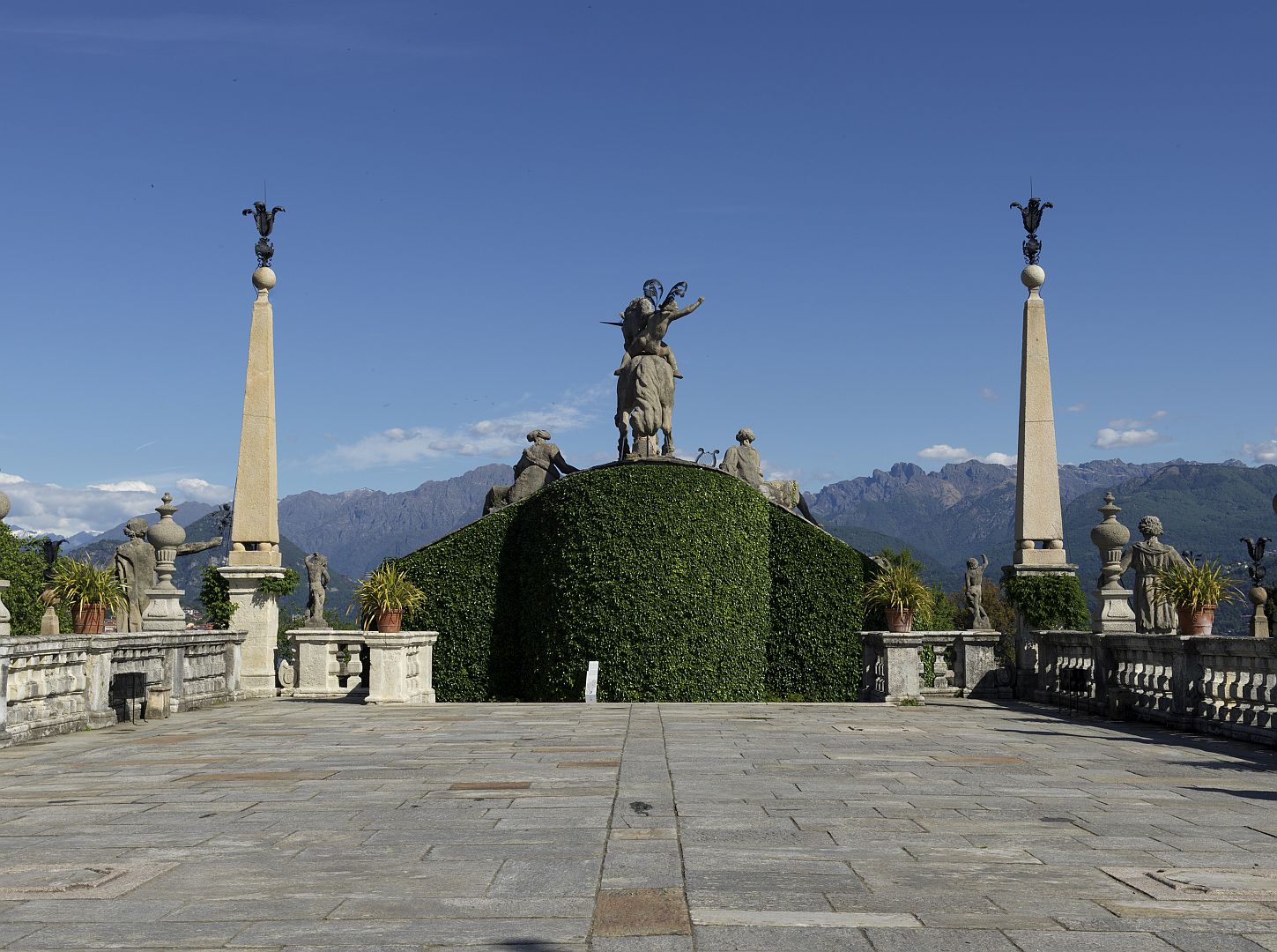
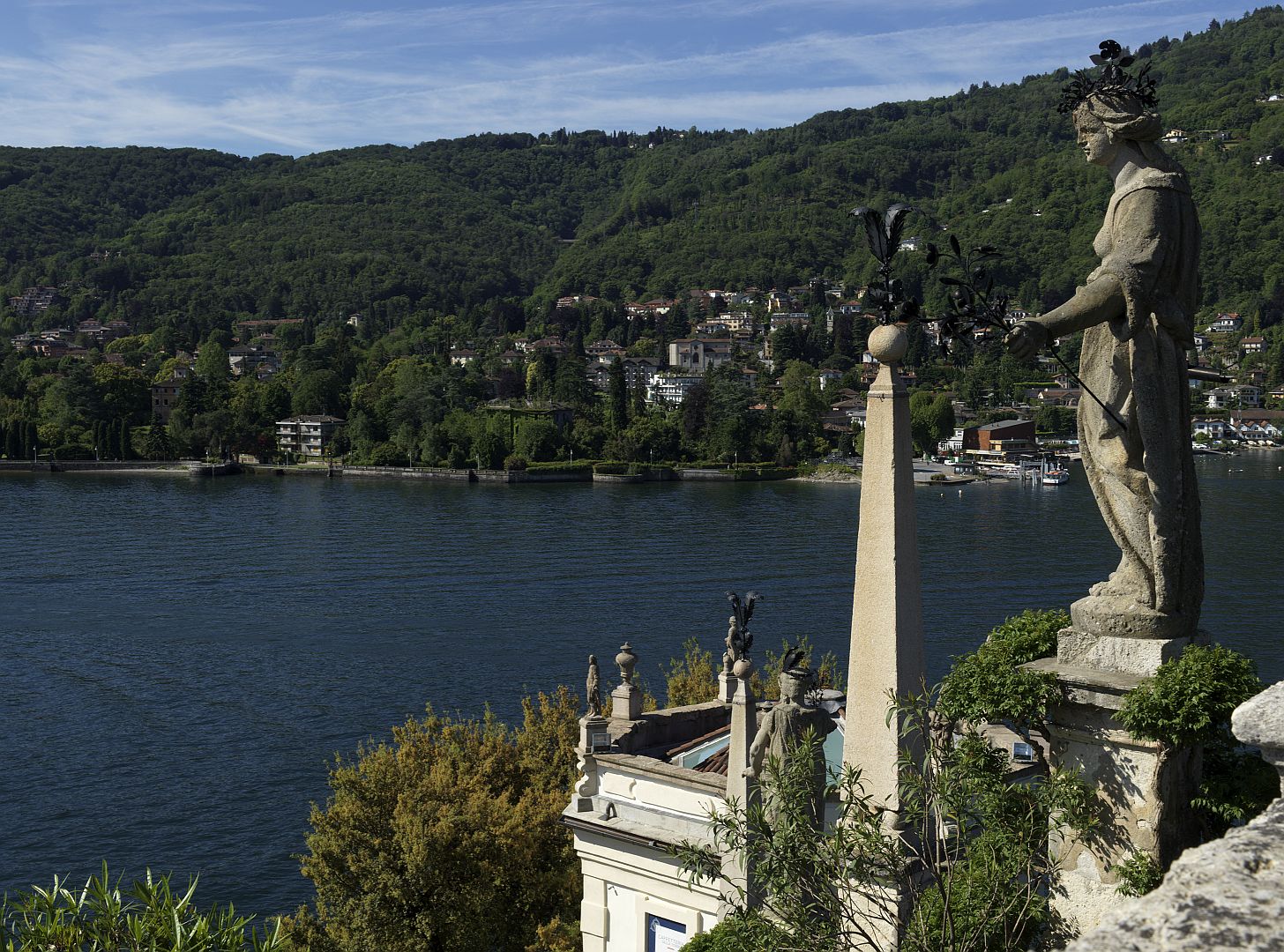
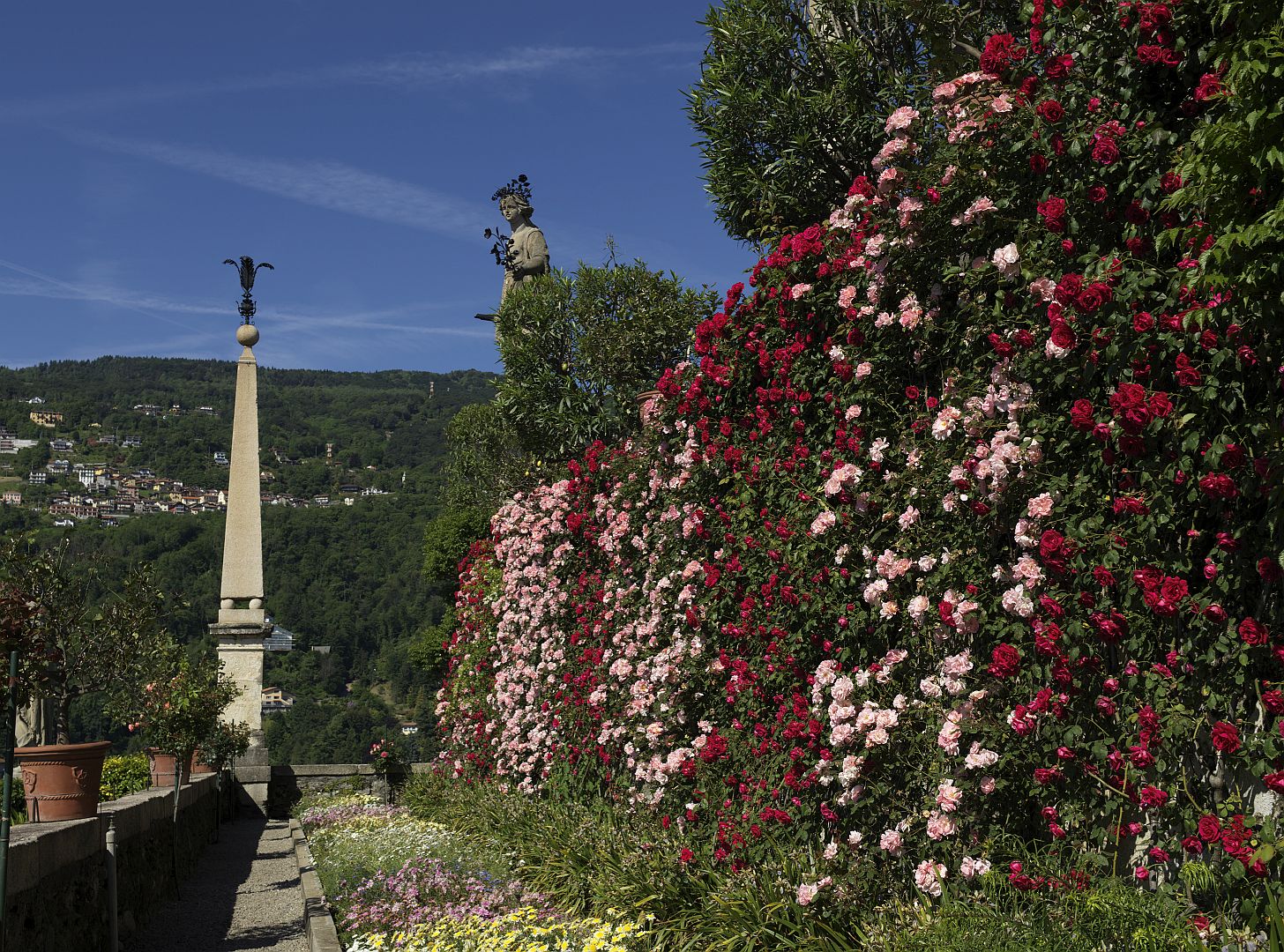
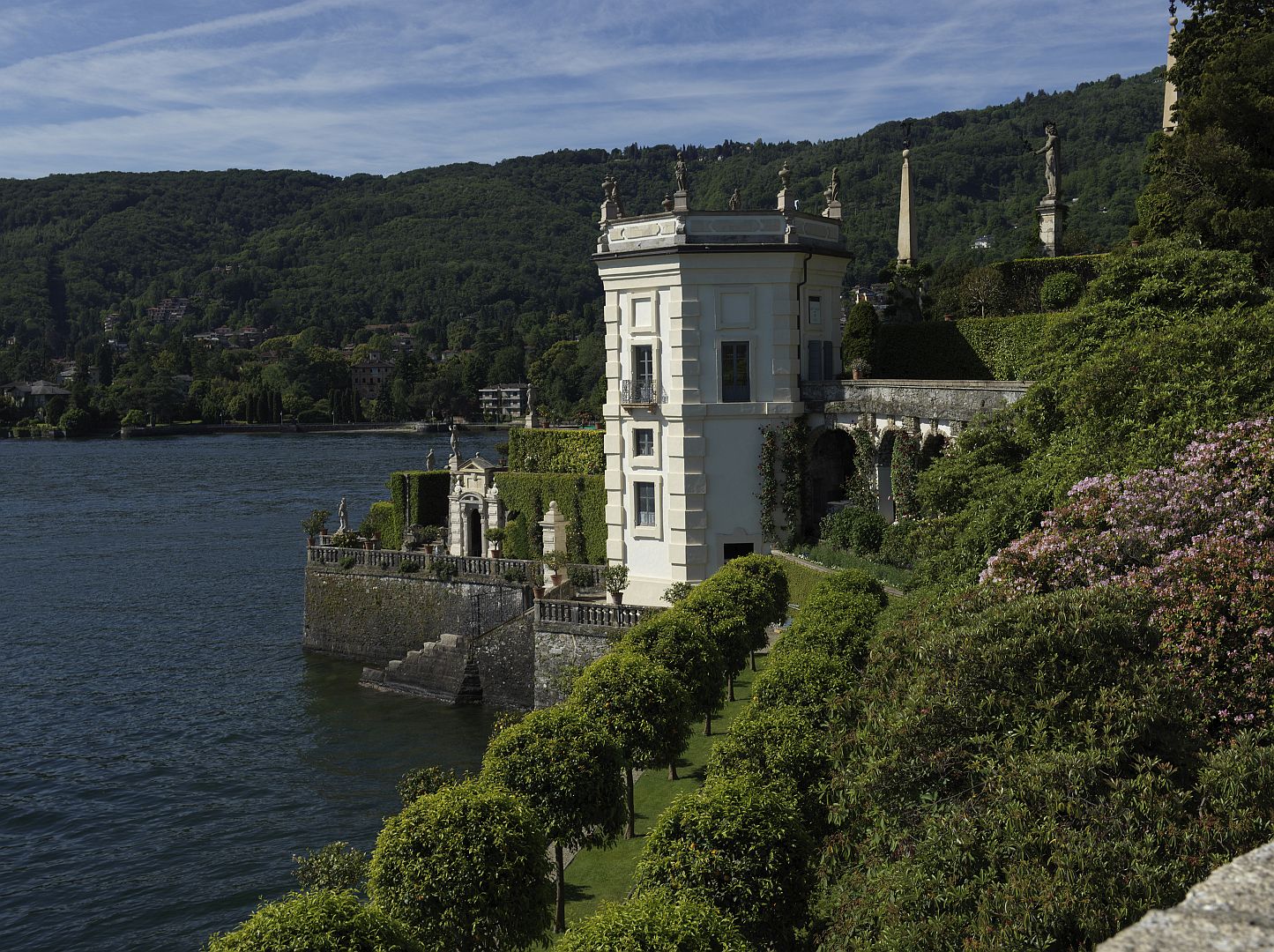
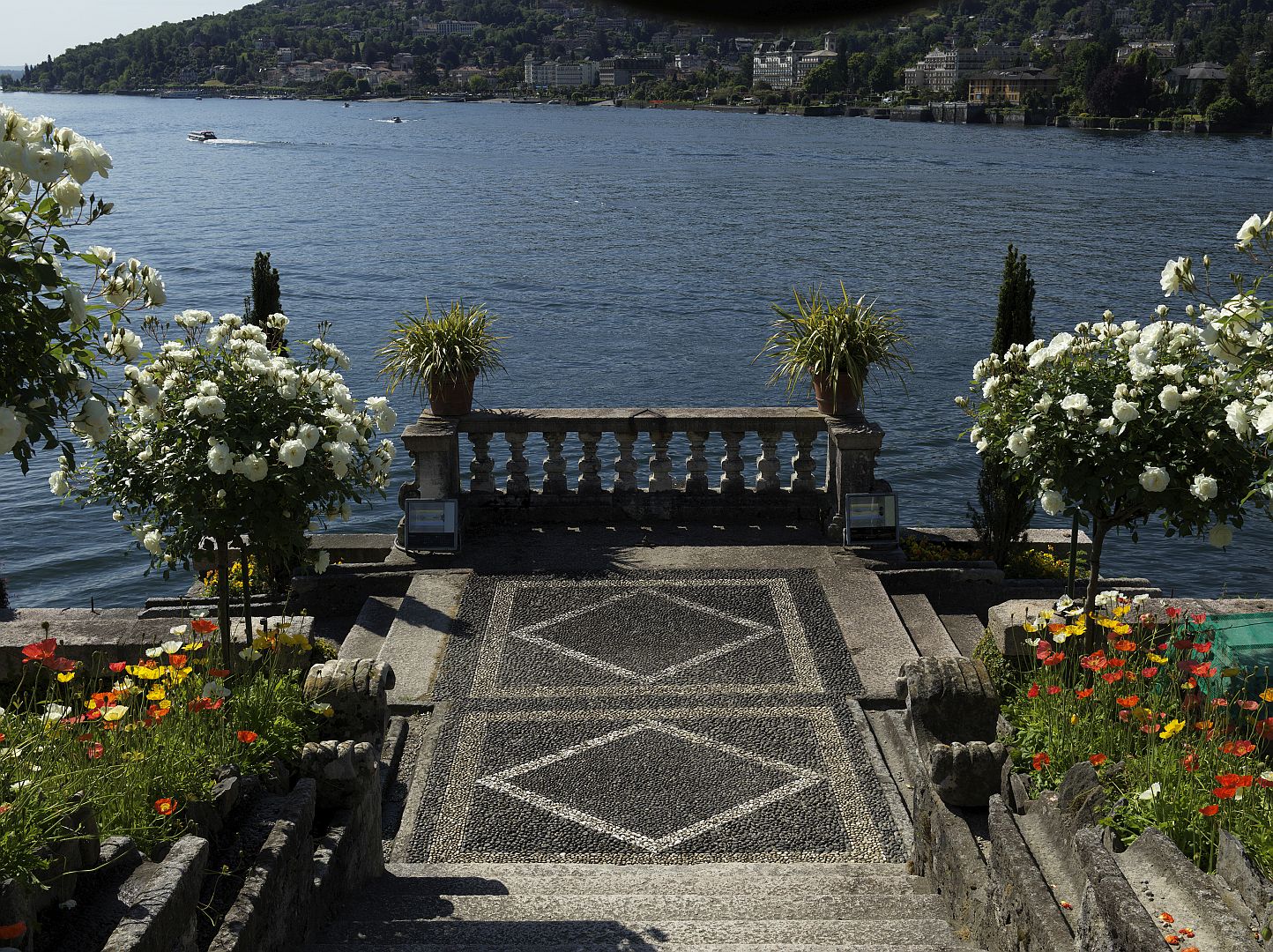
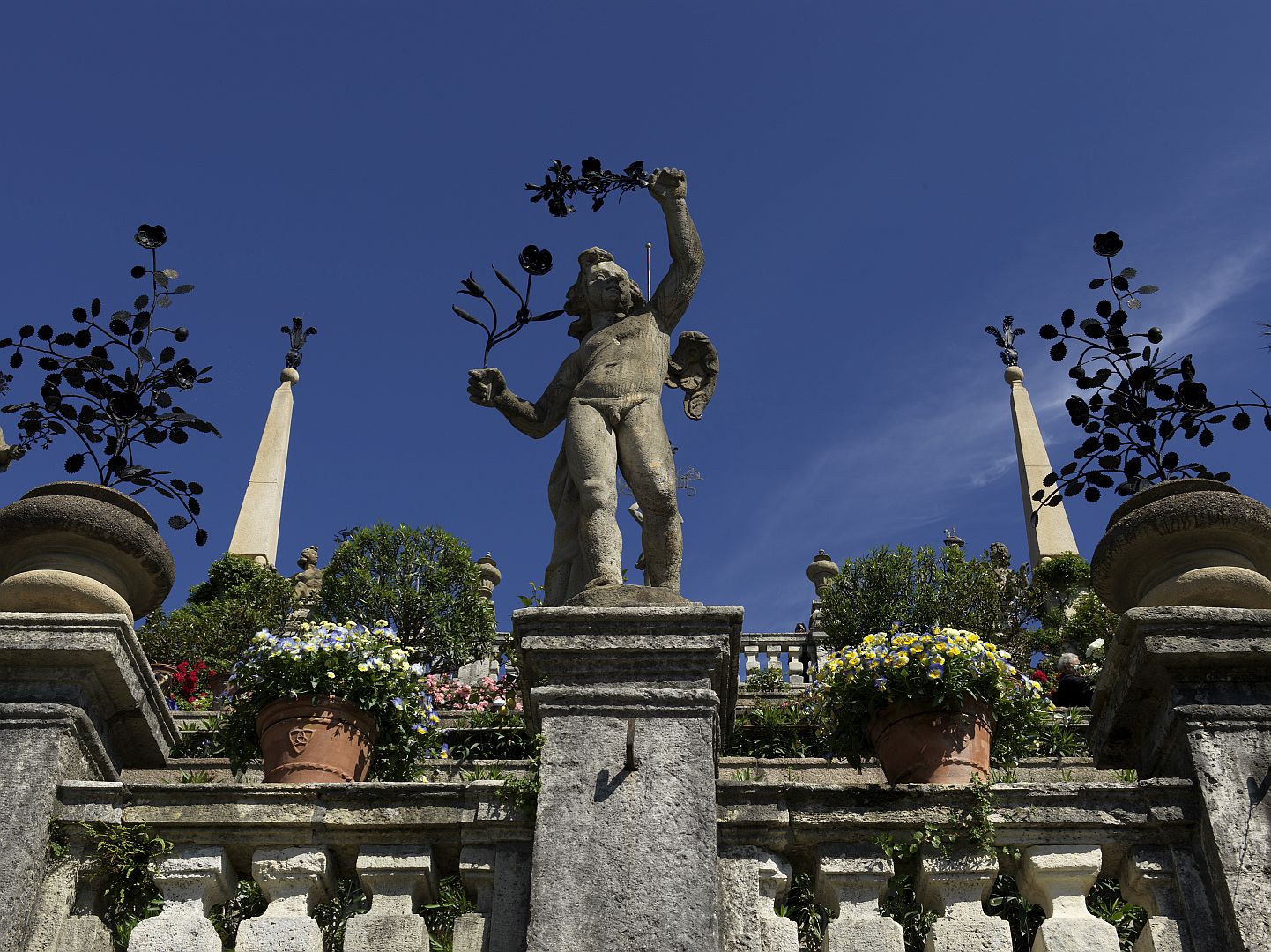
Isola dei Pescatori
The “Island of the Fishermen” is the next largest of the islands, and the only one to have a permanent population, albeit a small one. Having finished in the gardens at Isola Bella we made our way to the ferry jetty where one was just arriving and we hopped on to get to Isola dei Pescatori. There we found a little waterfront place called Trattoria Toscanini where we had a drink and watched the motor boats buzzing back and forth. The famous conductor wasn’t a local boy, but was apparently a regular visitor.
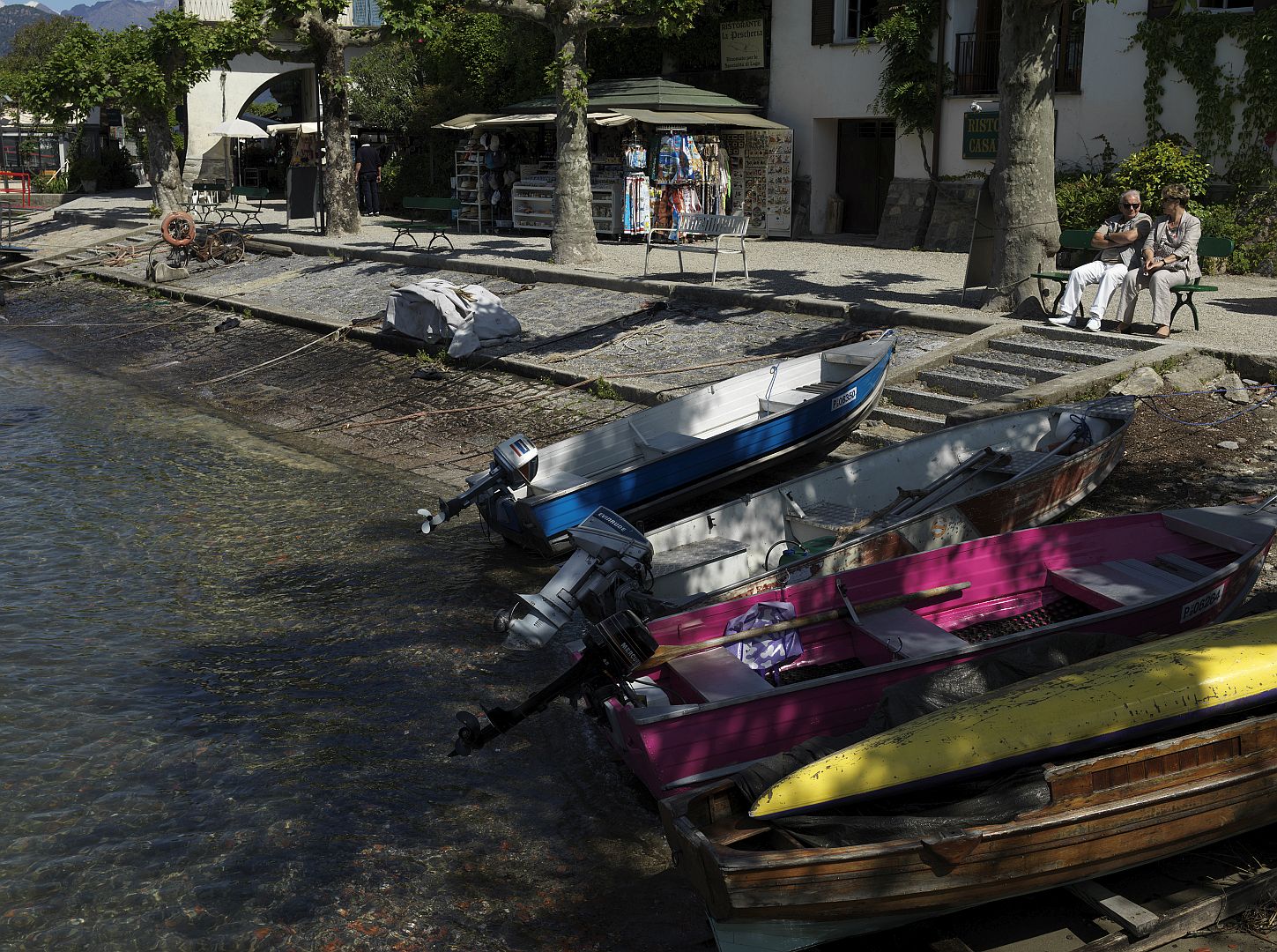
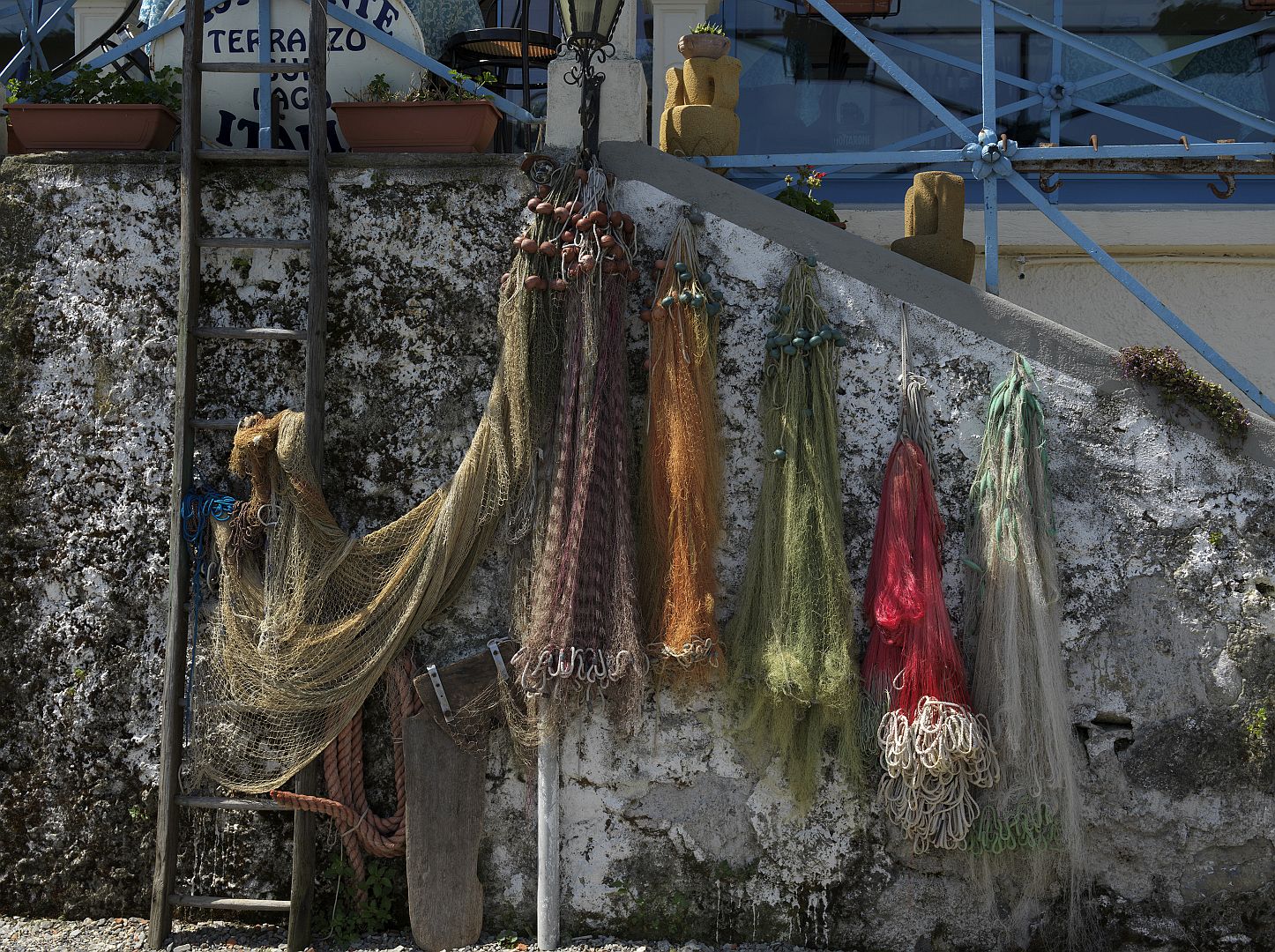
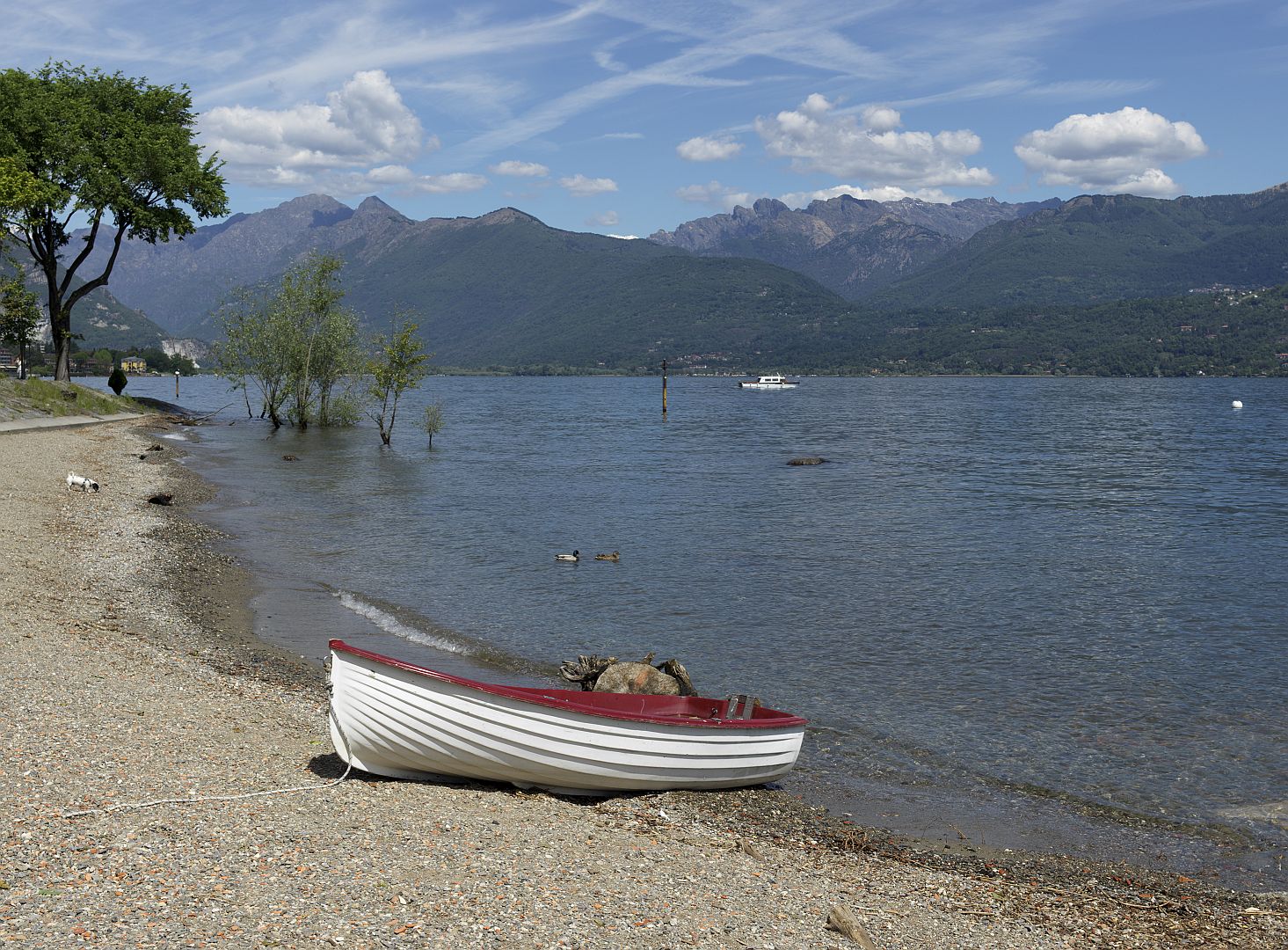
Then we walked around the island – it doesn’t take long – and poked around a few shops before having lunch. After having checked out several restaurants we decided that the Trattoria Toscanini seemed as nice as any and went back there. I had perch from the lake and Louise had a fritto misto of various lake fish. While we were eating, the restaurant cat turned up to check that all was in order. Being the resident cat at a fish restaurant on an island called “Island of the Fishermen” seems like a fairly cushy gig, and the cat did seem to consider that all in all the universe was ordered fairly sensibly. Below is a picture of the cat with the palace end of Isola Bella in the background.
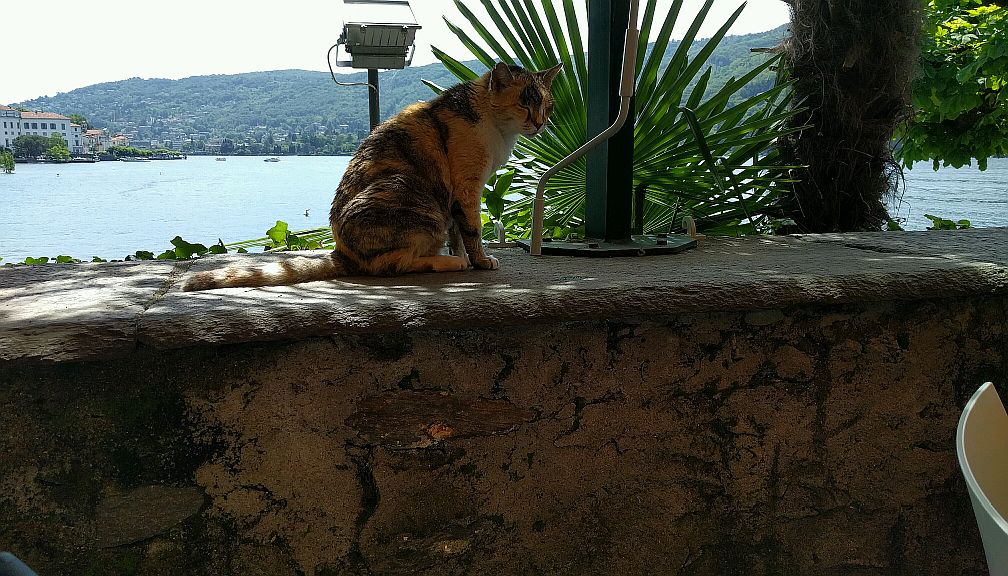
Santa Caterina del Sasso
Another ferry trip we did from Stresa was to visit the convent of Santa Caterina del Sasso (Saint Catherine of the Rock). It was originally a hermitage that is built into a sheer rock and which until recently could only have been reached from the water.
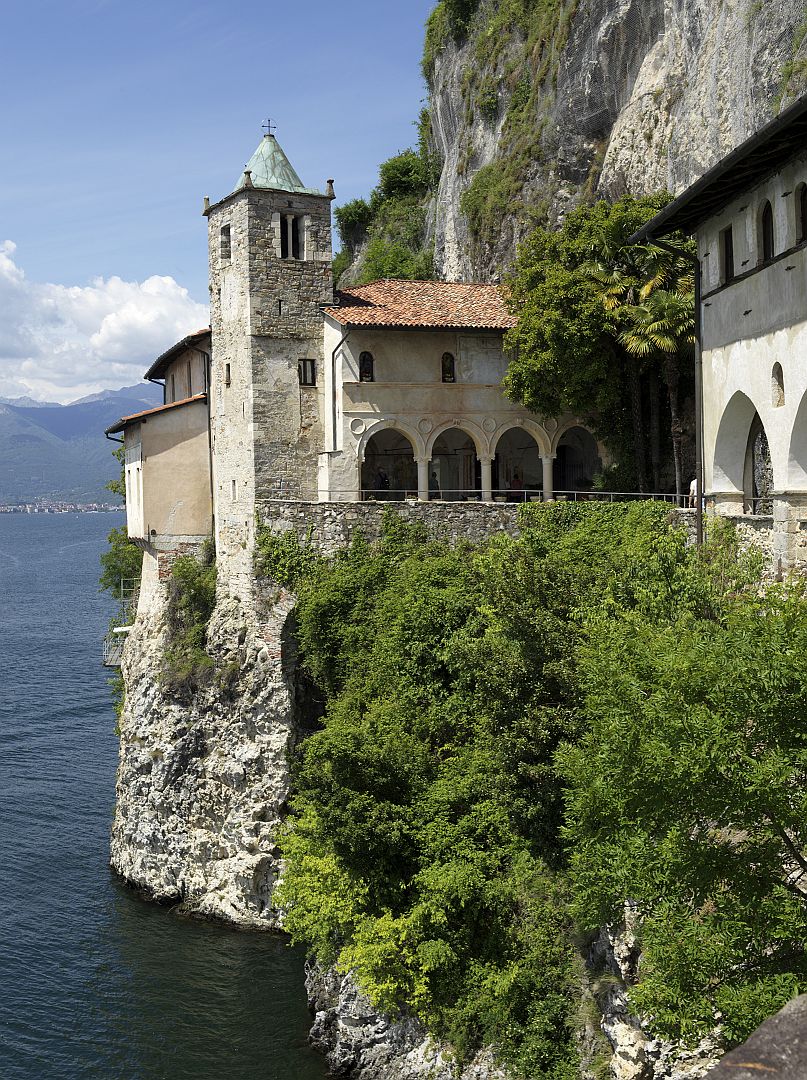
The story of the site is that in the 12th Century a merchant, in gratitude for having survived a storm at sea, became a hermit on this solitary rock, which in the usual way acquired a reputation for sanctity, a chapel and a religious community. The religious community was suppressed by the Austrians in the 19th Century, and the site was re-occupied and restored by the Dominicans in the 1980s.
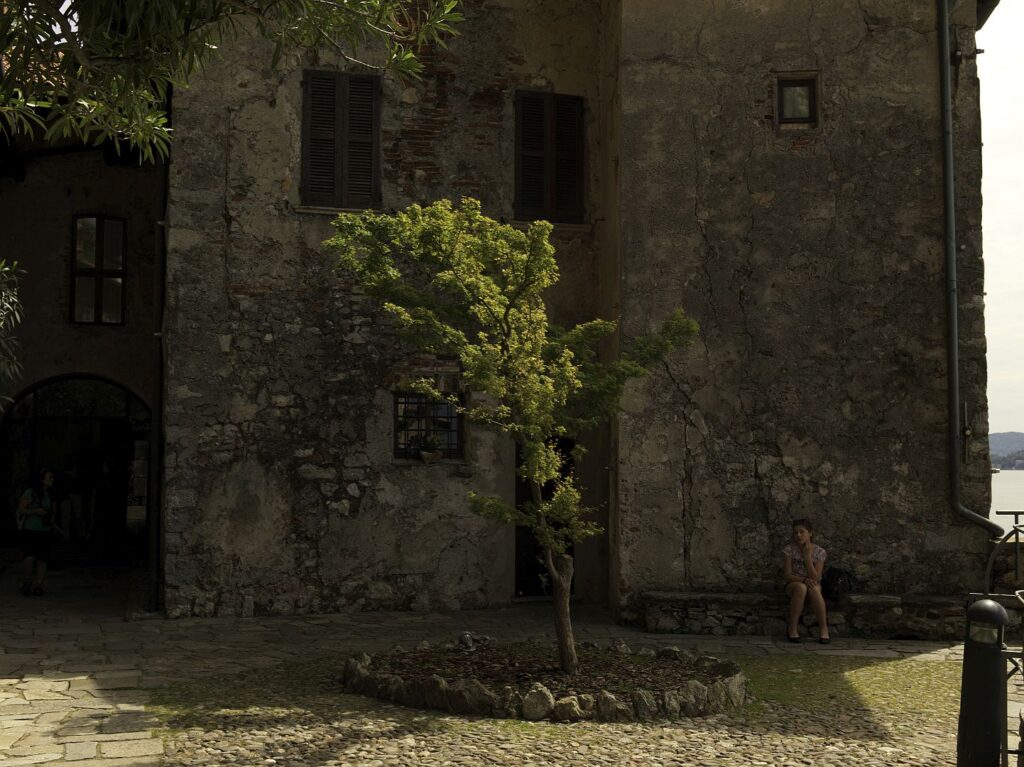
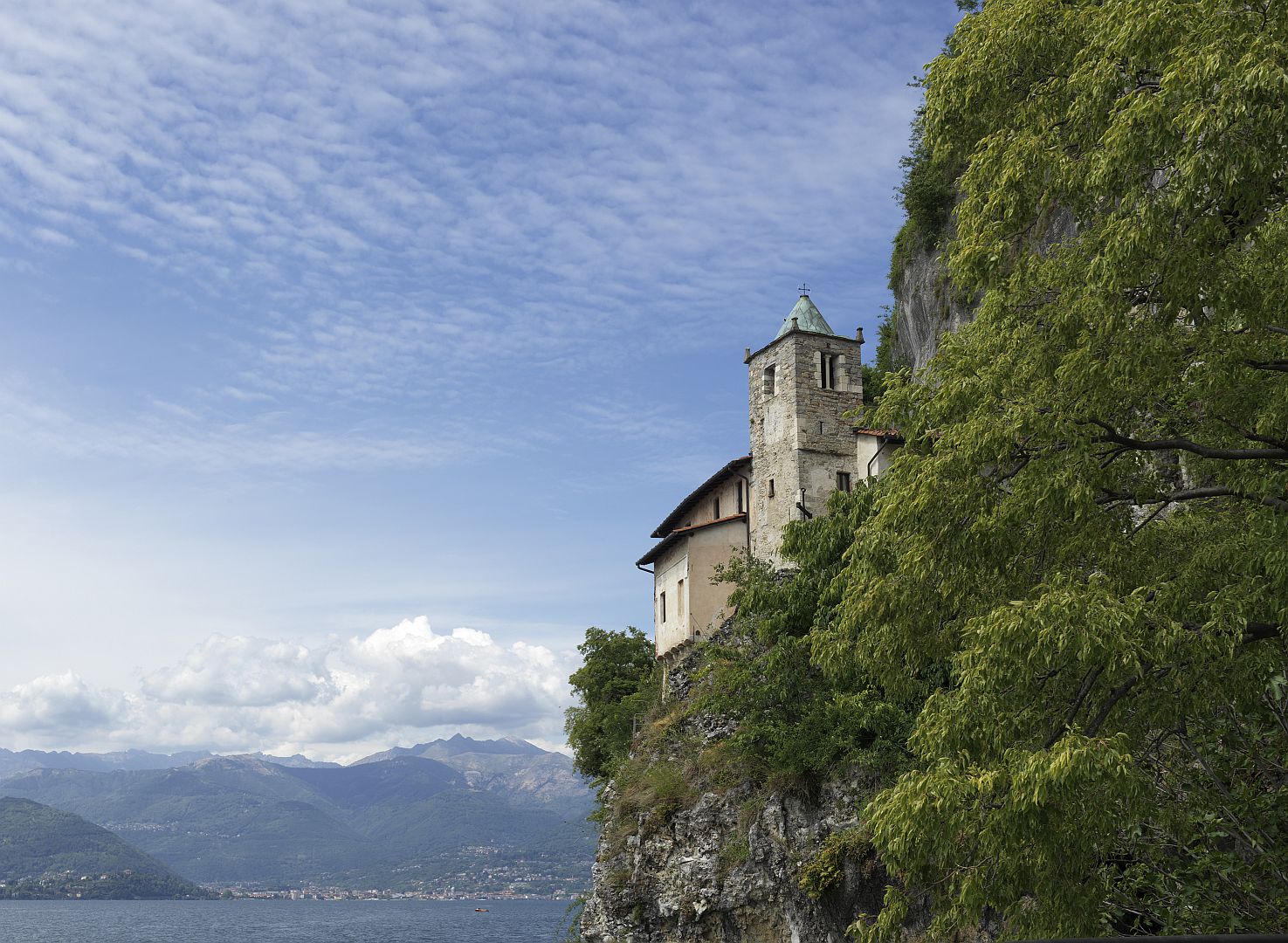
It is now possible to reach the site on foot from above, but approaching it from the water is not only consistent with tradition, but gives by far the best views.
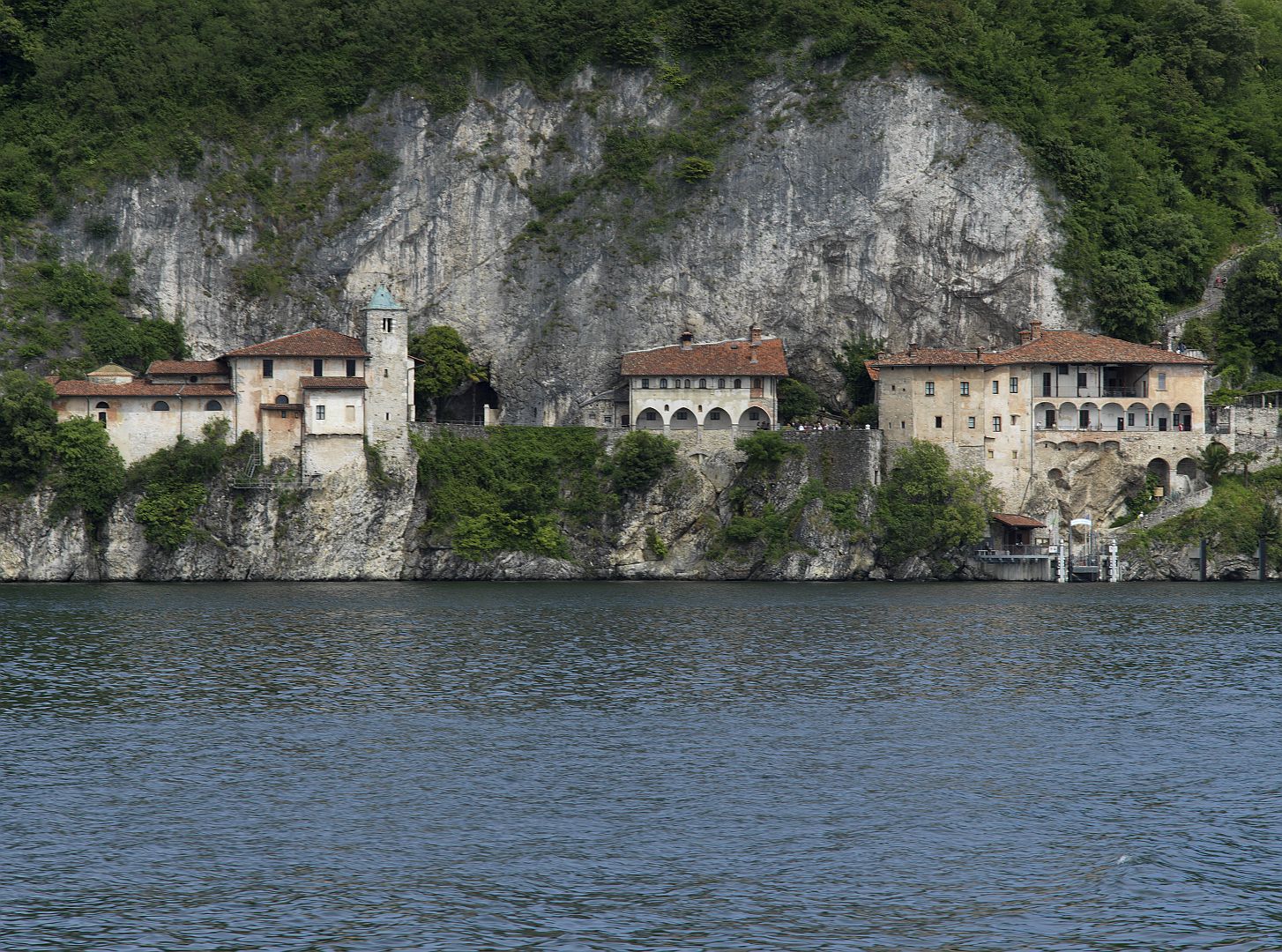
A Note on the Photography
The challenge in photographing the town hall in Orta San Giulio was that it looked onto a busy square, full of tourists, but if you look back at the photograph above, the square looks deserted.
I don’t mind including the odd human figure in such shots, providing they are of the right kind – an old lady on a bicycle, say, or someone walking a dog, or maybe a shopkeeper. But in this case the tourists were too numerous, and too brightly dressed, to allow me to capture the atmosphere of the place. I waited a while in the hope that they would move off, but in a phenomenon well-known to photographers, as each group left, a new one arrived. So I decided to try a creative method of making them go away (shouting “fire!” would not have worked).
You can of course “paint out” a figure in Photoshop or similar software, but the more figures there are, and the more complex the background, the harder it is. That wasn’t going to be an option here.
I had a nice sturdy Manfrotto tripod with me, so I set it up in a corner of the square where it would not obstruct anyone, and mounted the Hasselblad on top, attaching a shutter release cable so I could take multiple identical pictures from exactly the same place.
The aim was that each part of the square should be free of people in at least one picture. So as the tourists ambled about, I took the several shots I thought I needed. In the event five was enough – all identical, you will recall, except for the moving people.
I then combined them into several “layers” in Photoshop, erasing each figure to reveal the empty space in the next layer down. The result is as you see in the photograph above. If you look hard you can see three figures I didn’t bother about – someone with a shopping bag under the arches of the building, a gentleman approaching down the street to the right, and a lady in a pink dress bending over and looking at the wares in a shop on the right. All three are in shadow and don’t really disturb the composition.
These days you can achieve the same effect with a lot less effort, with clever software which merges the layers and deletes anything that is only present in one layer. I tried it just now using Affinity Photo 2 software (which is what I use these days instead of Photoshop) and it was almost instantaneous, even on a rather old laptop. It even aligns the photos if you haven’t taken them with the camera on a tripod.

